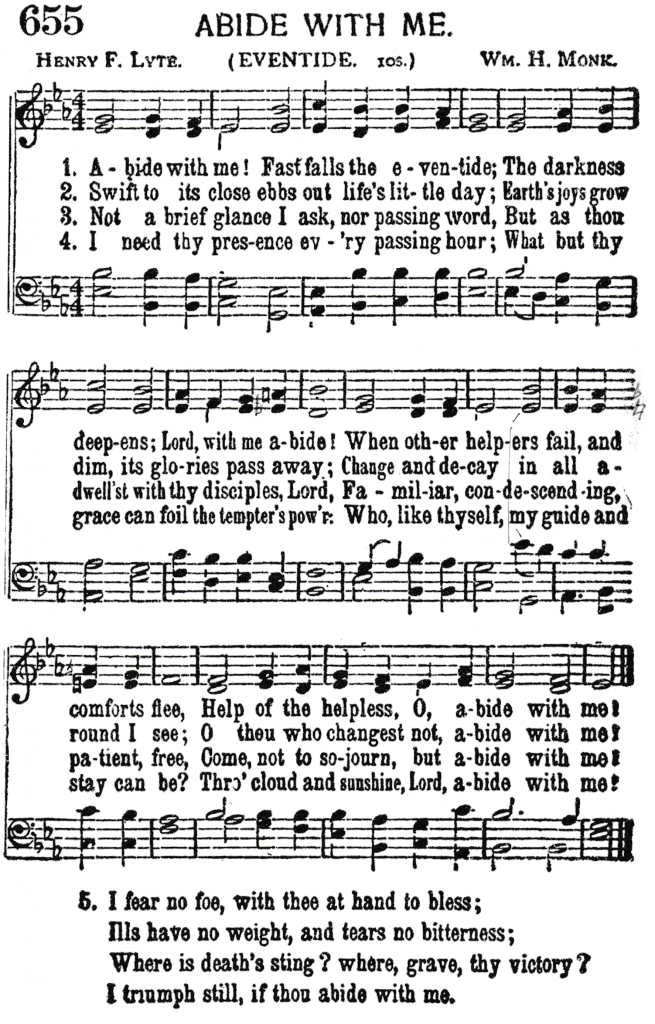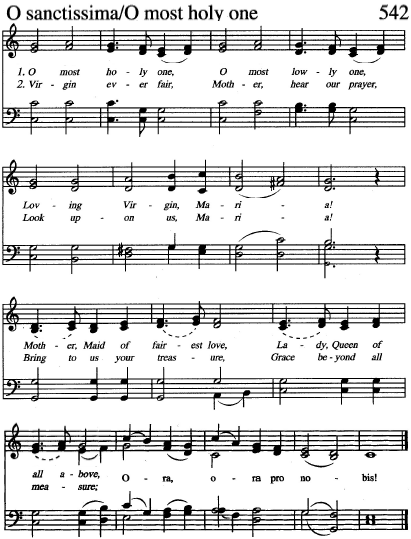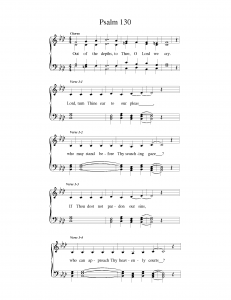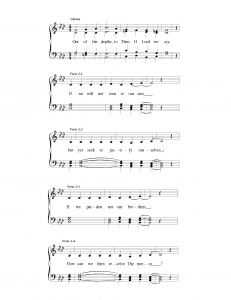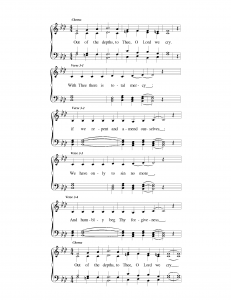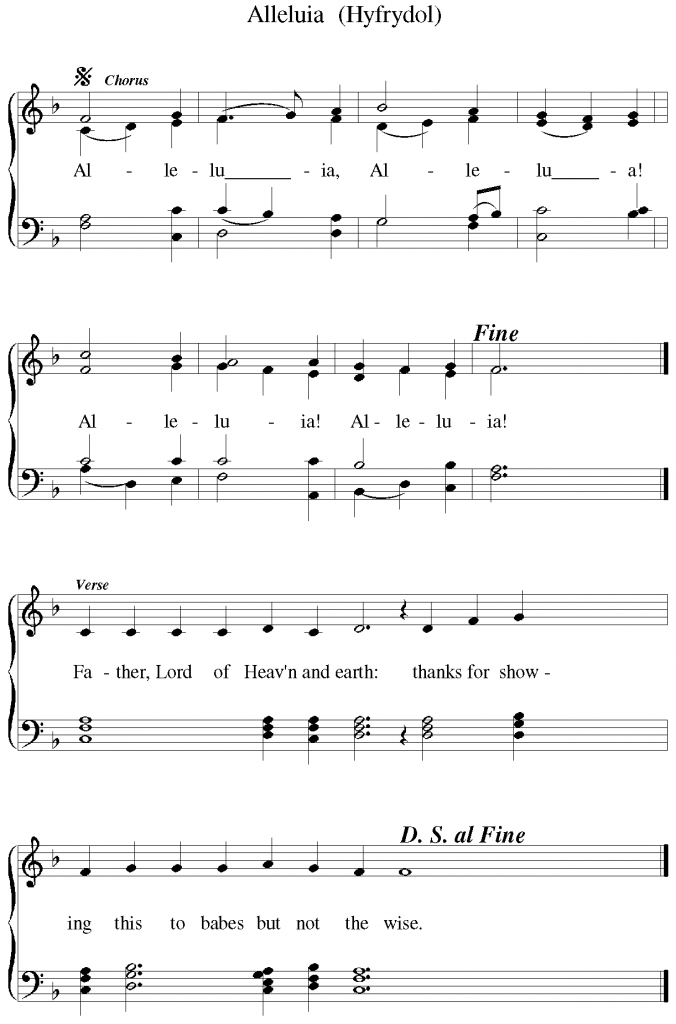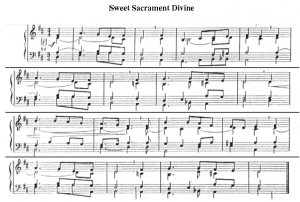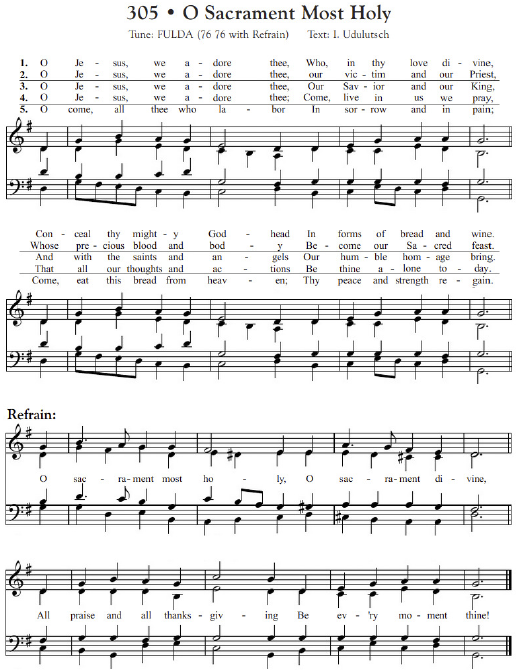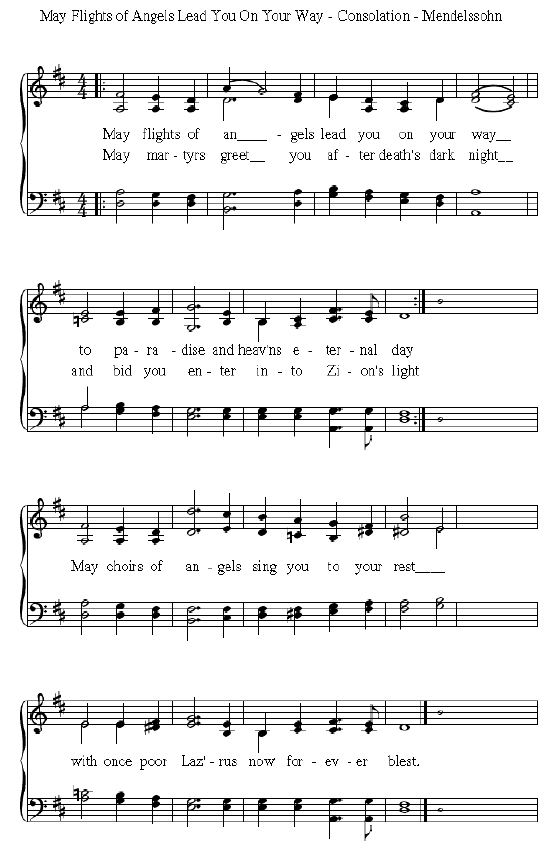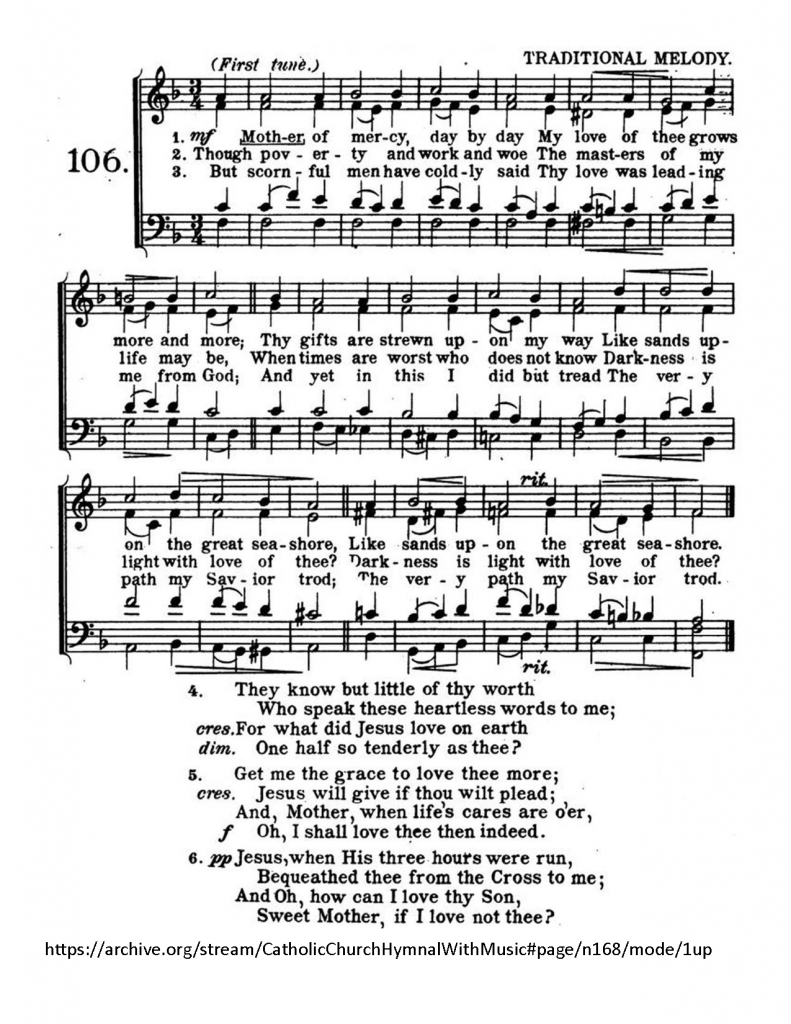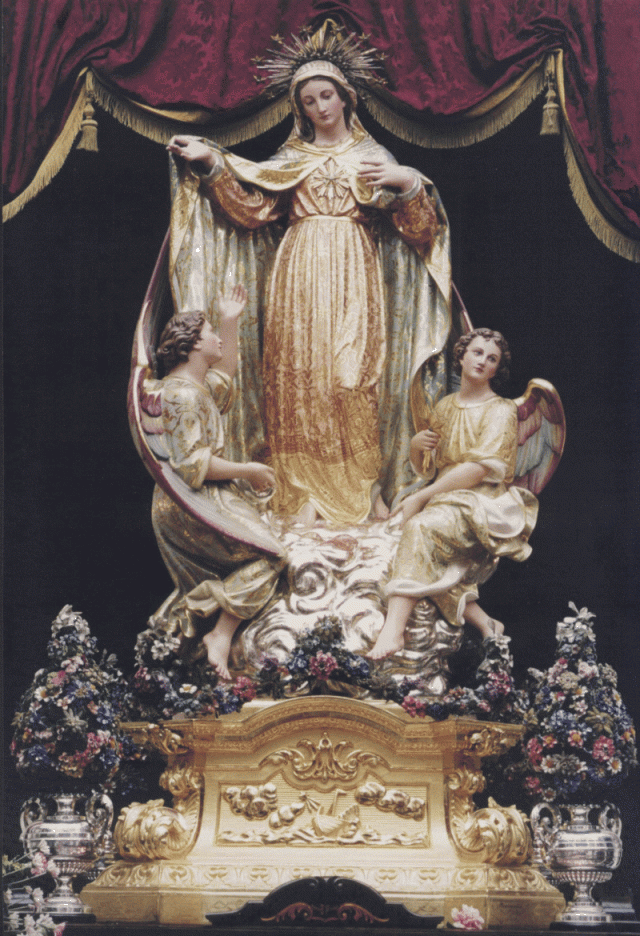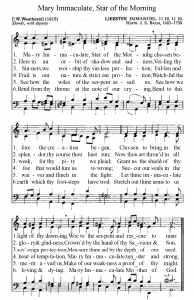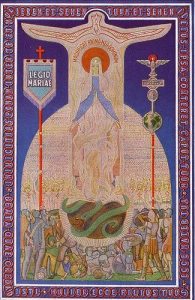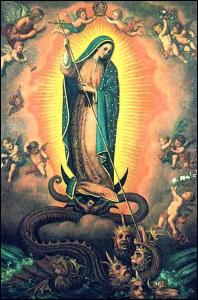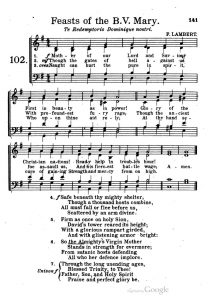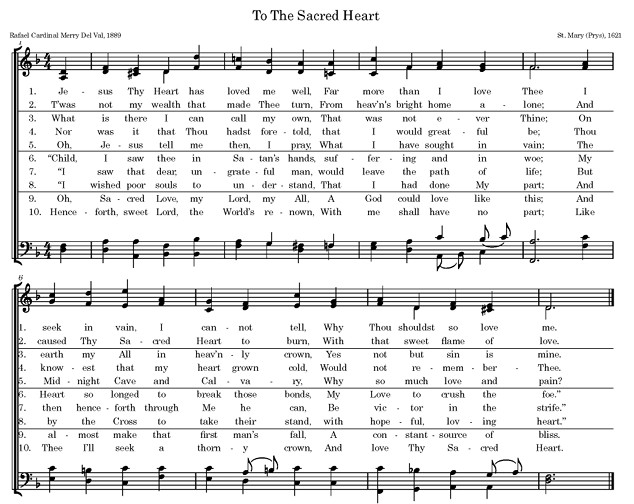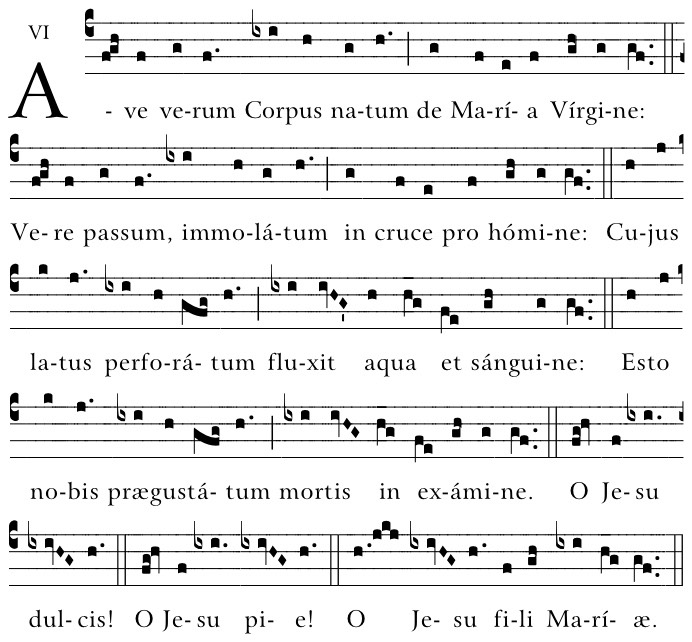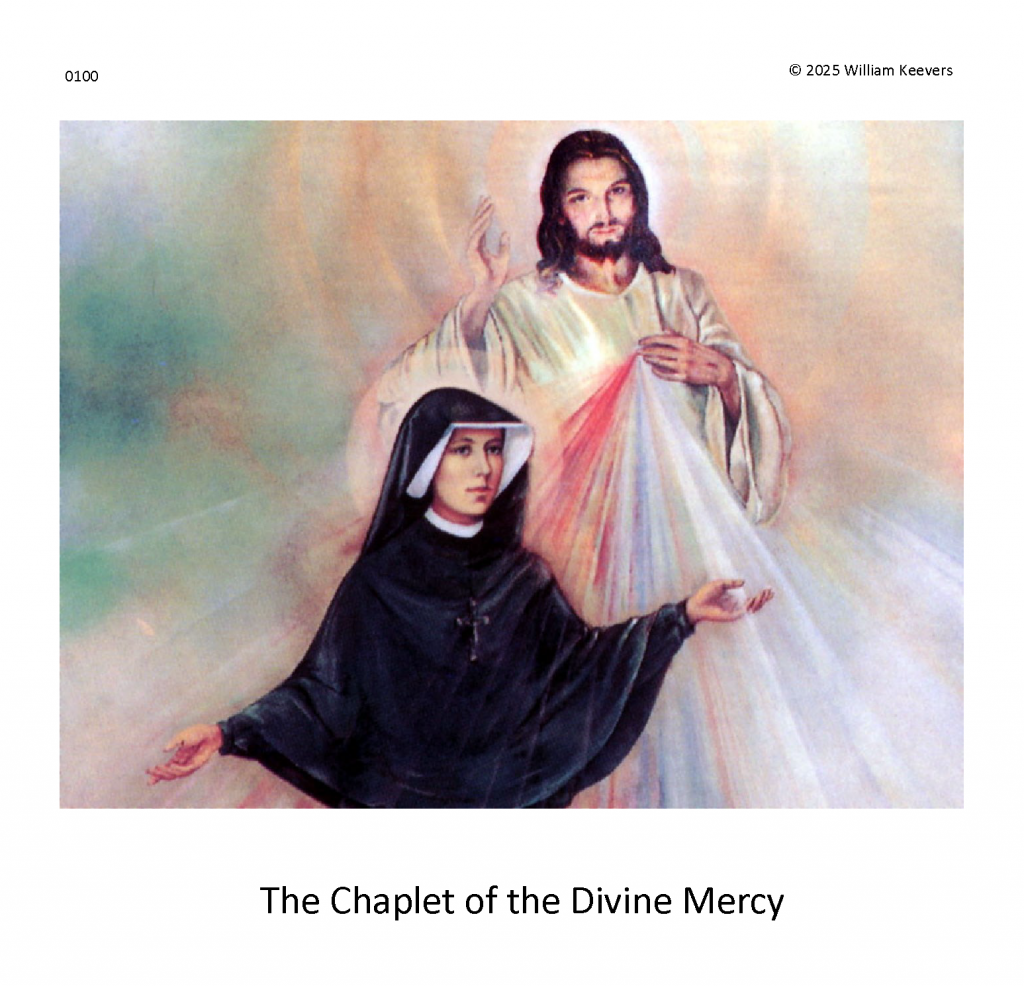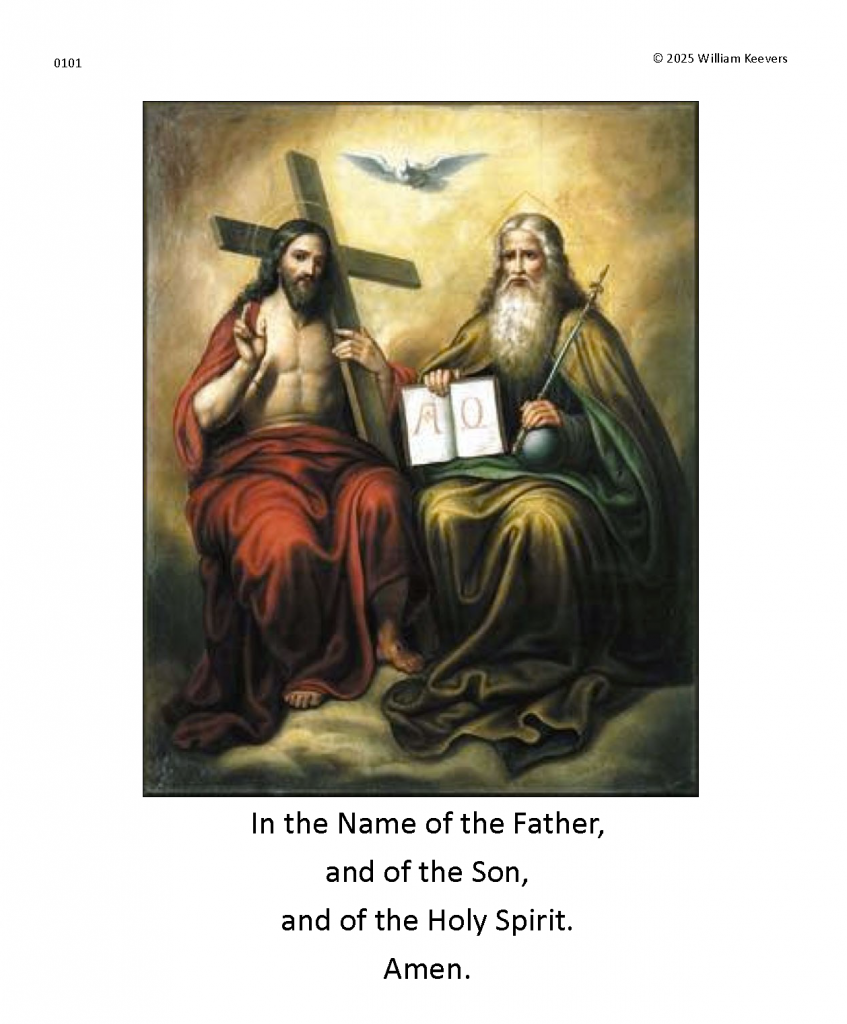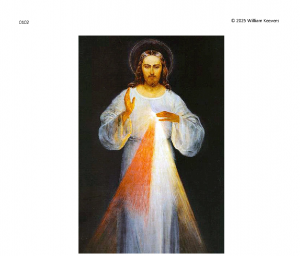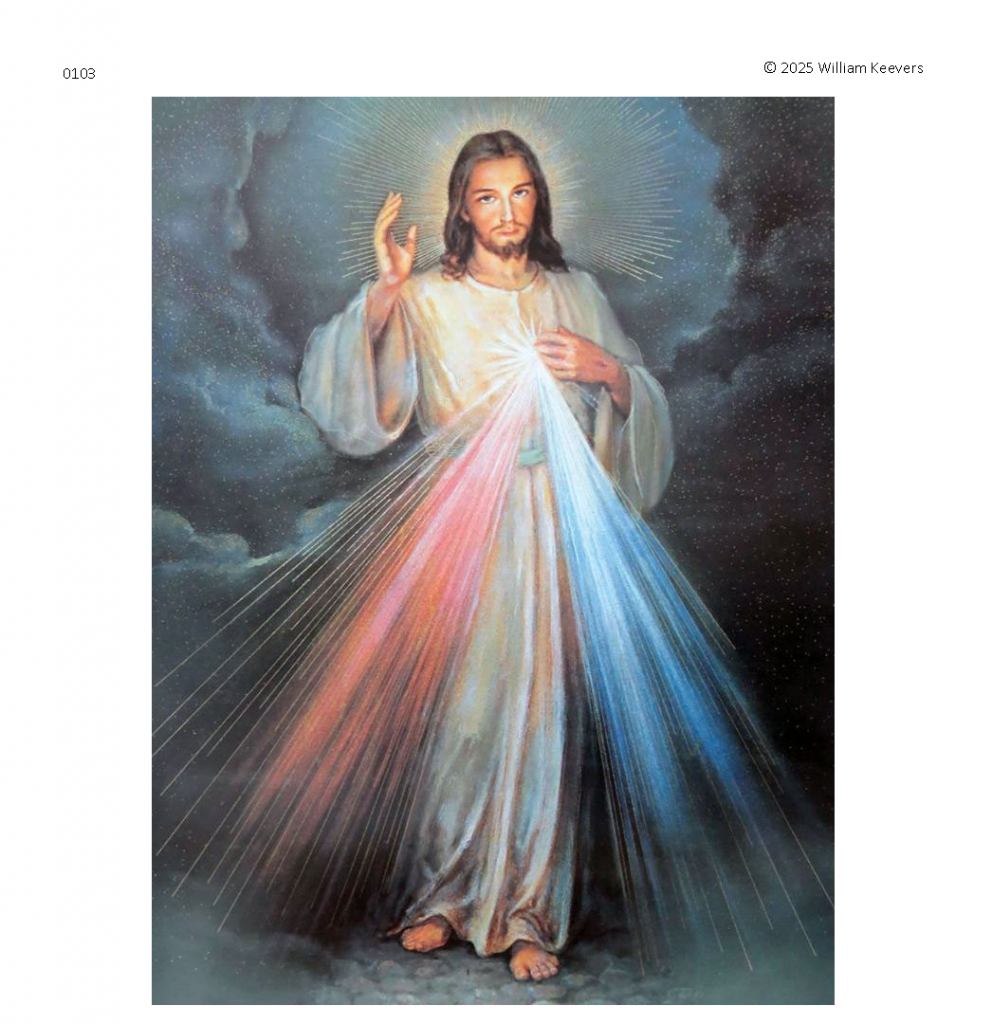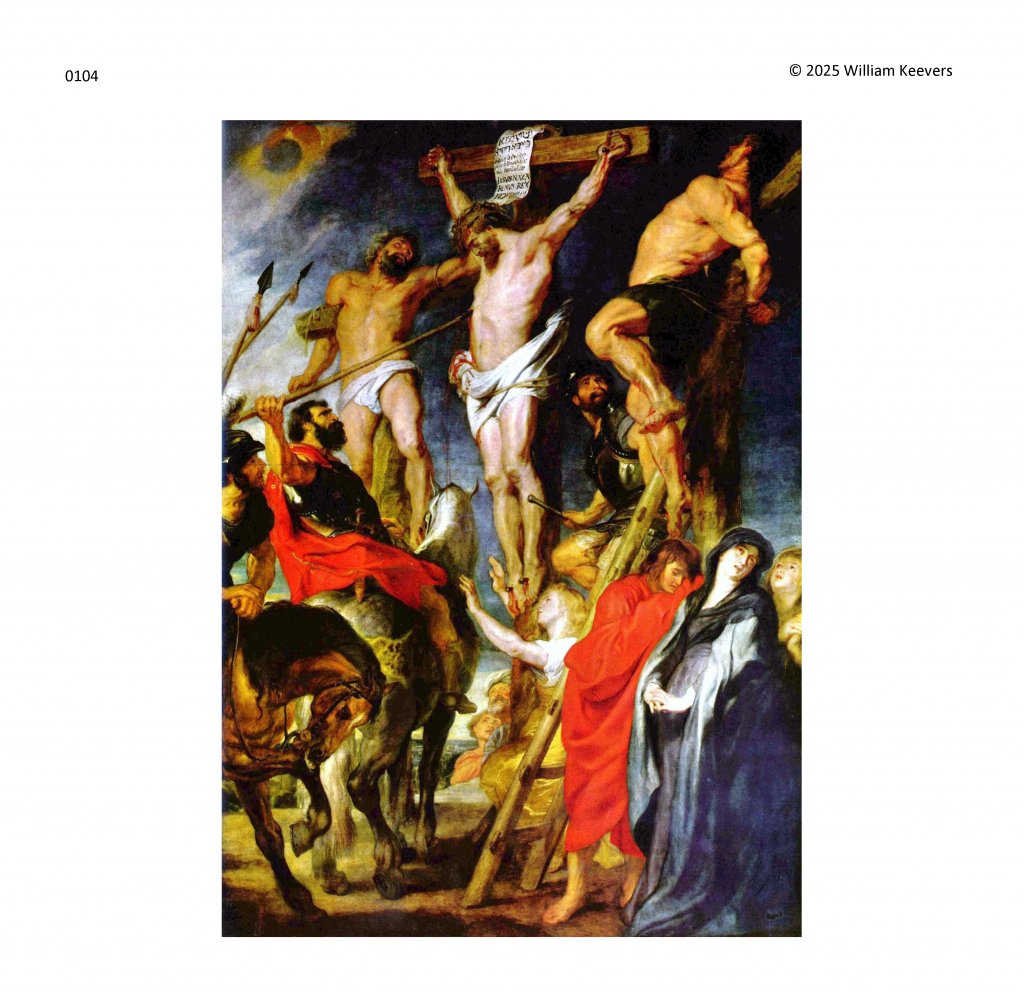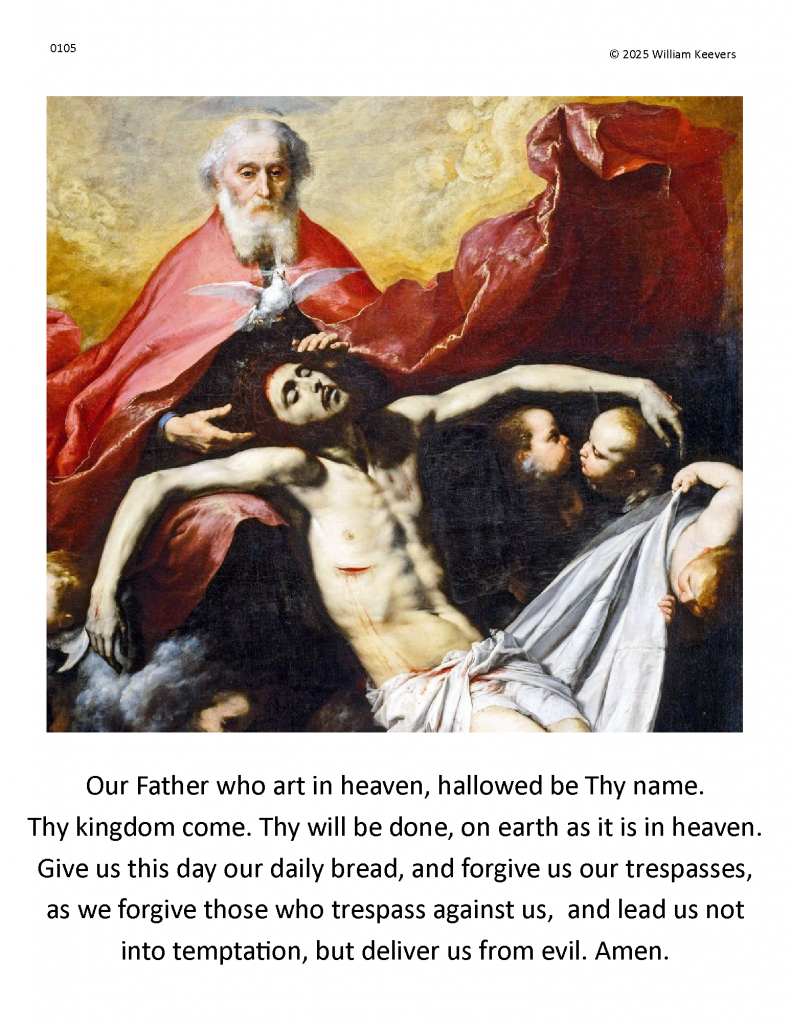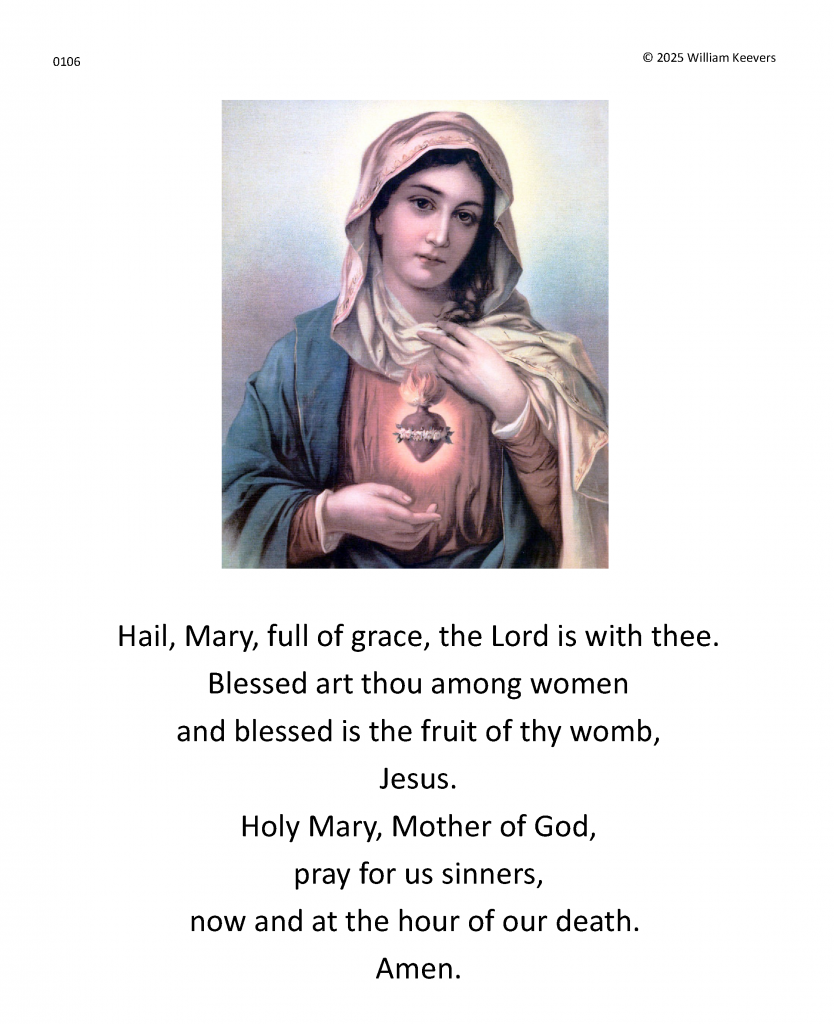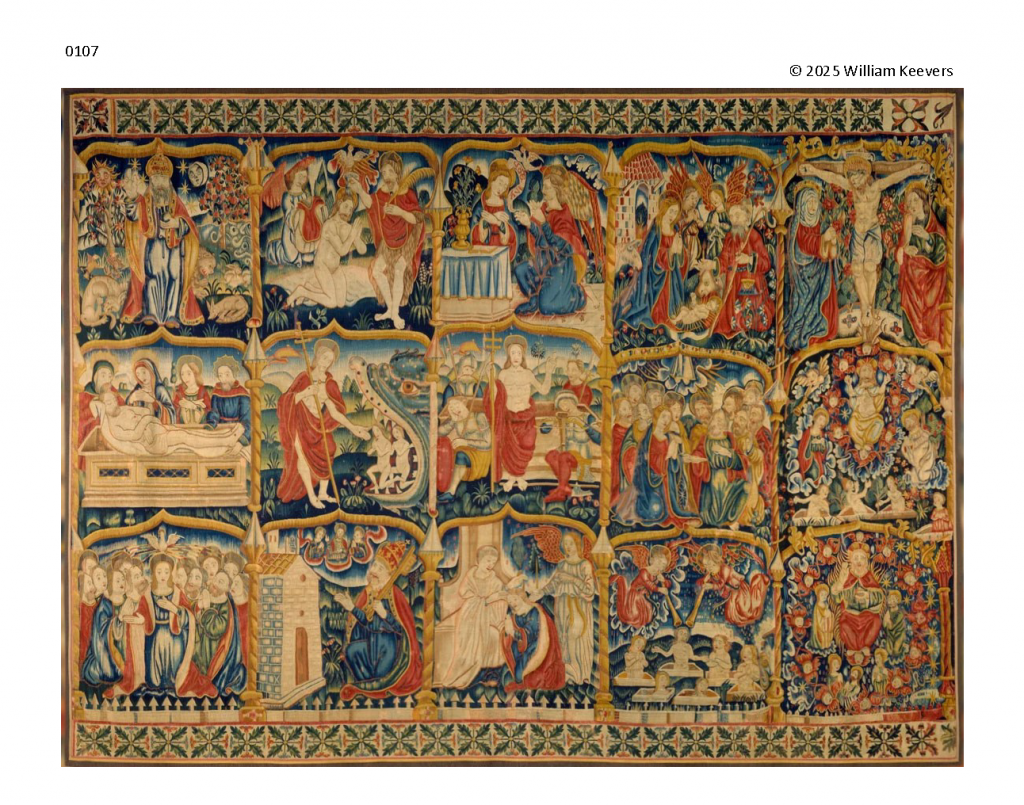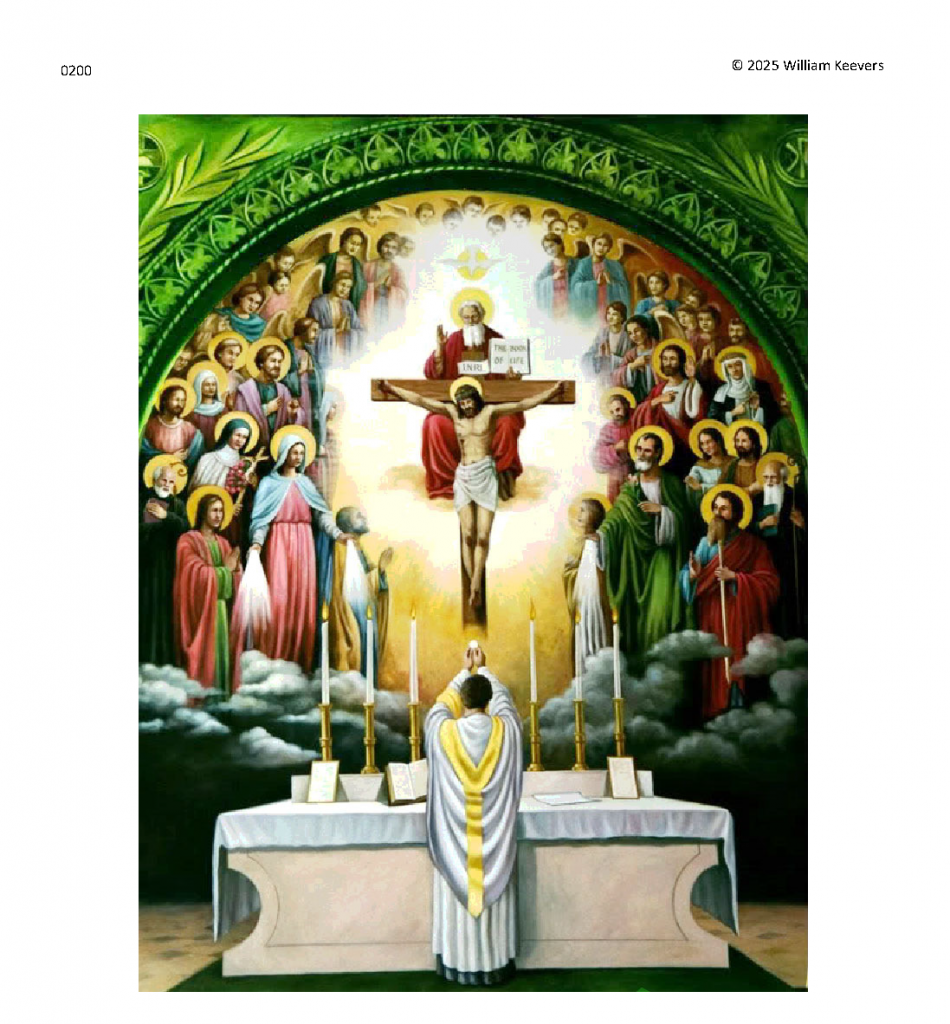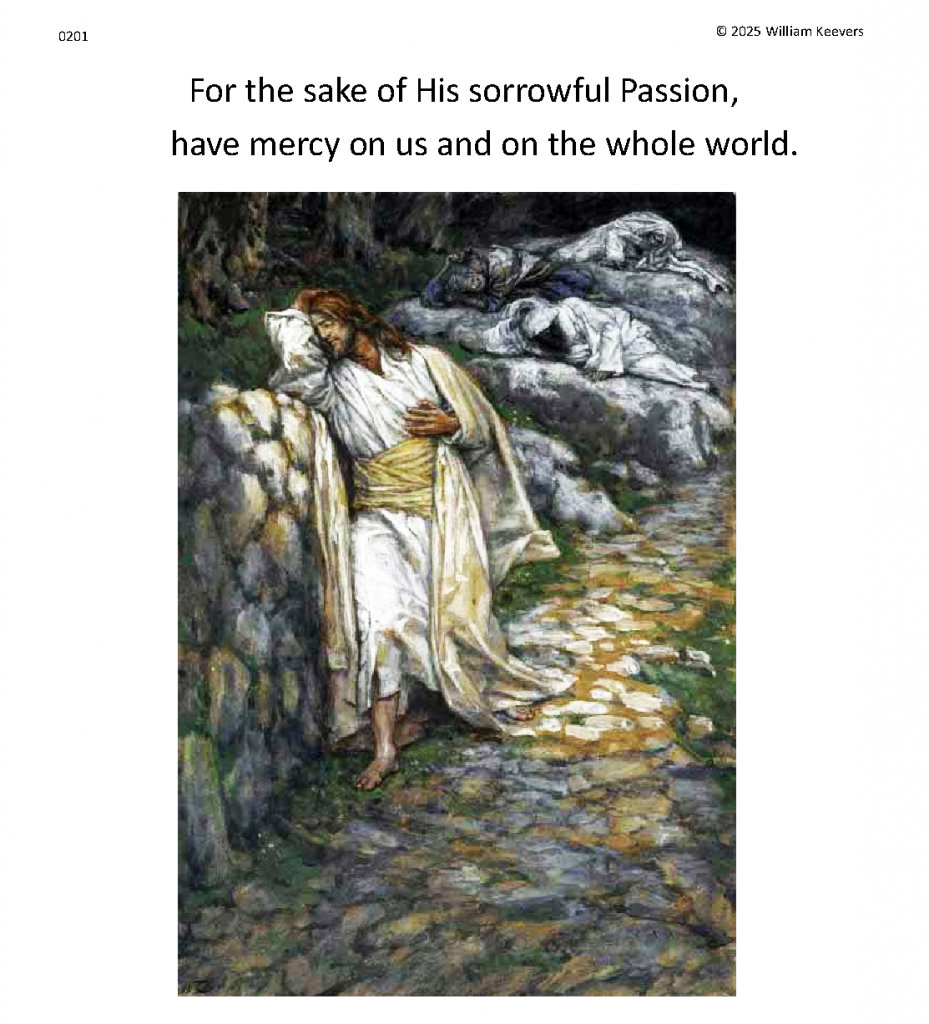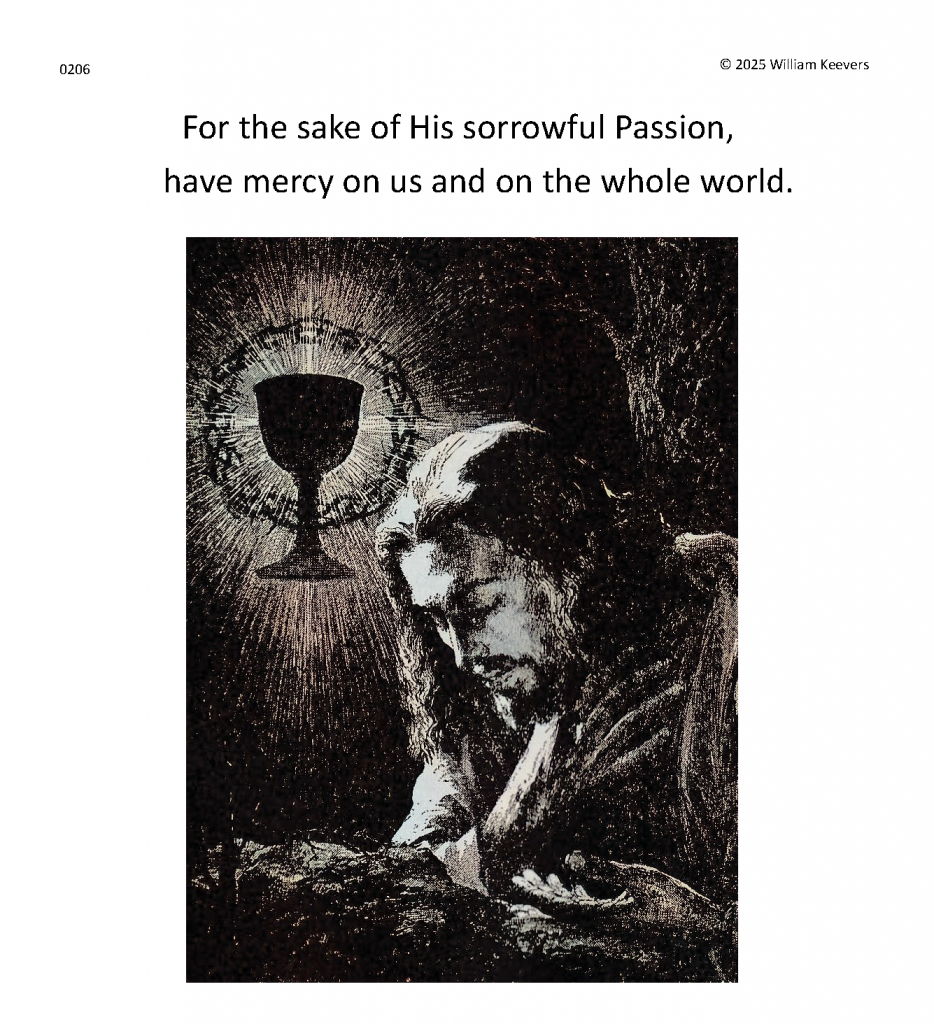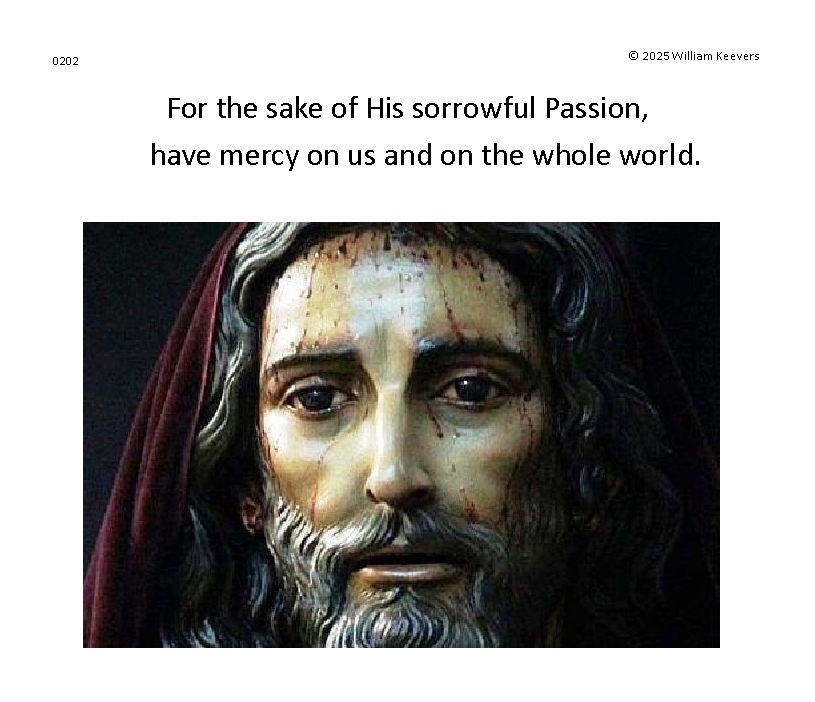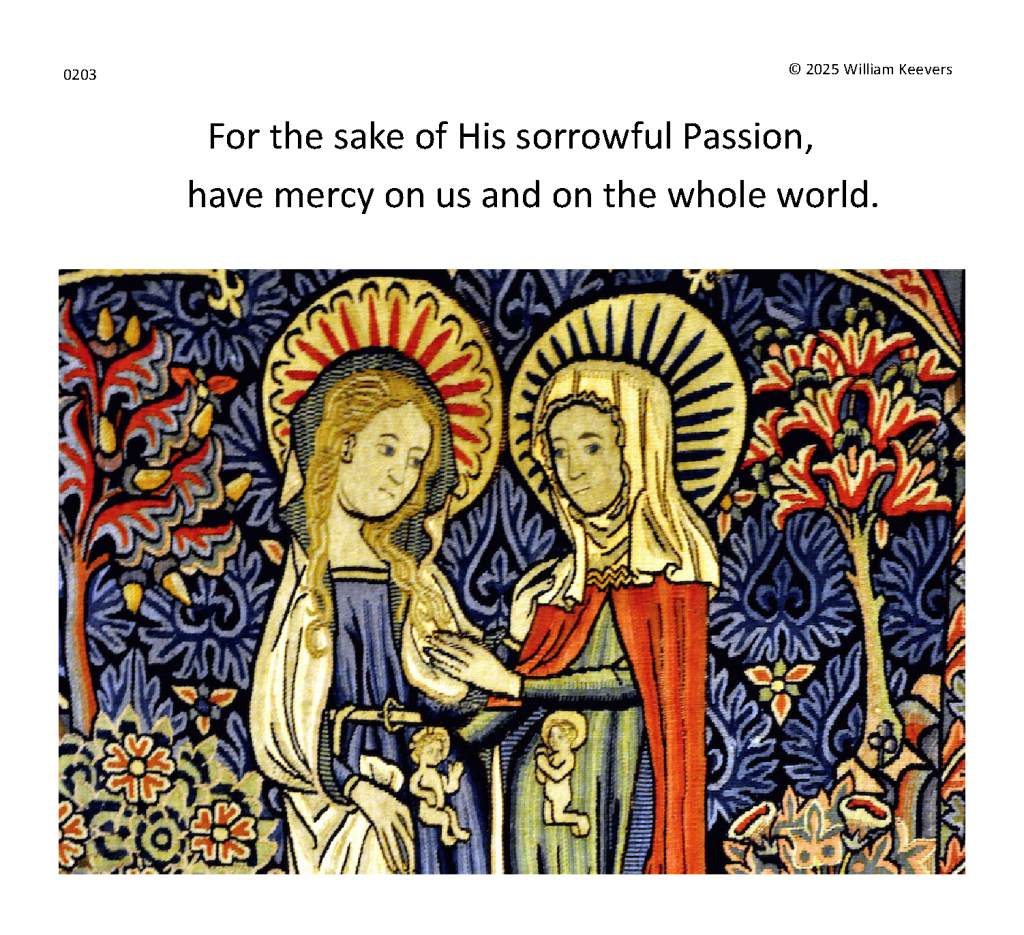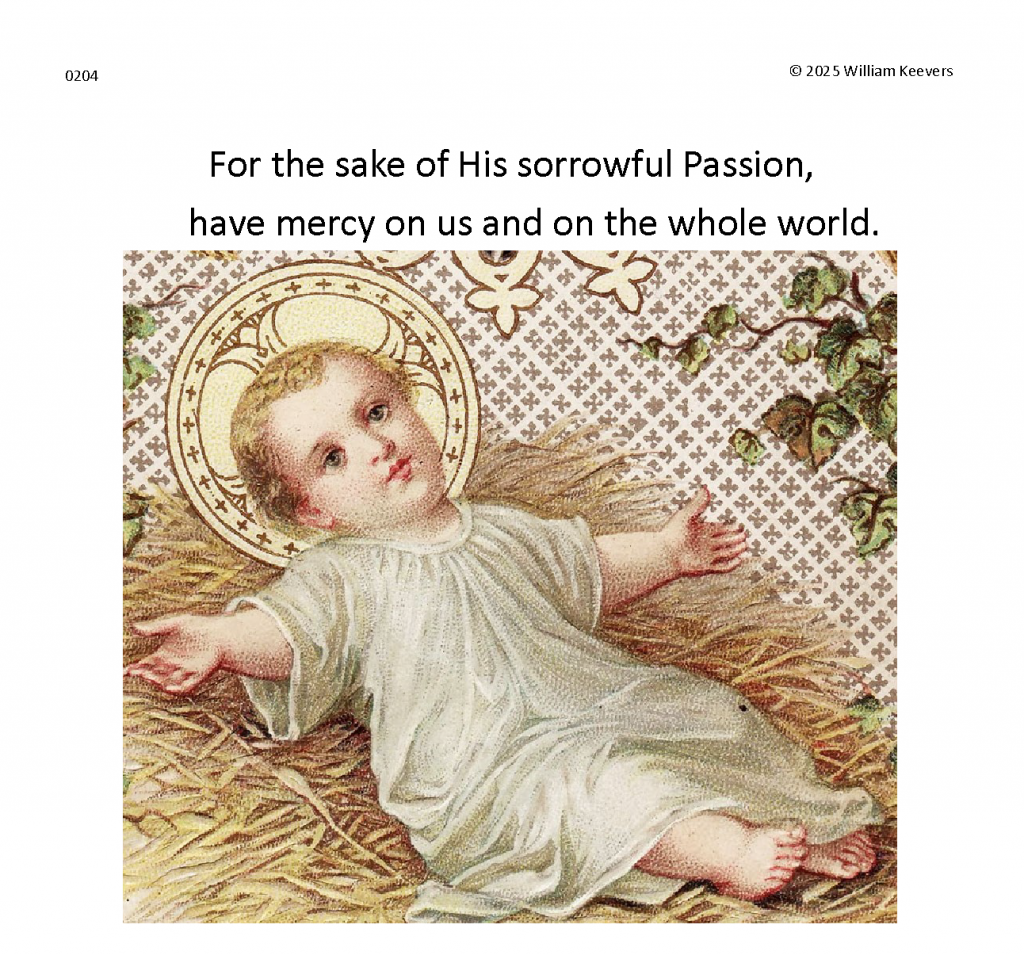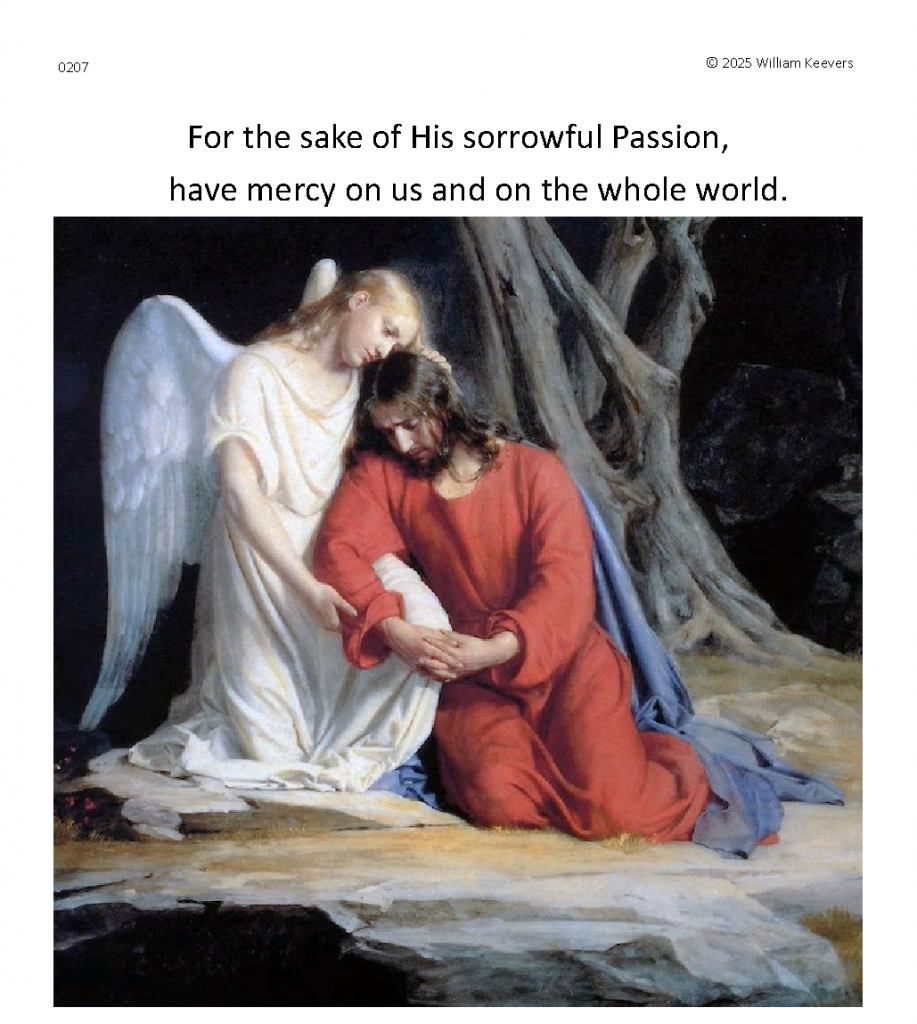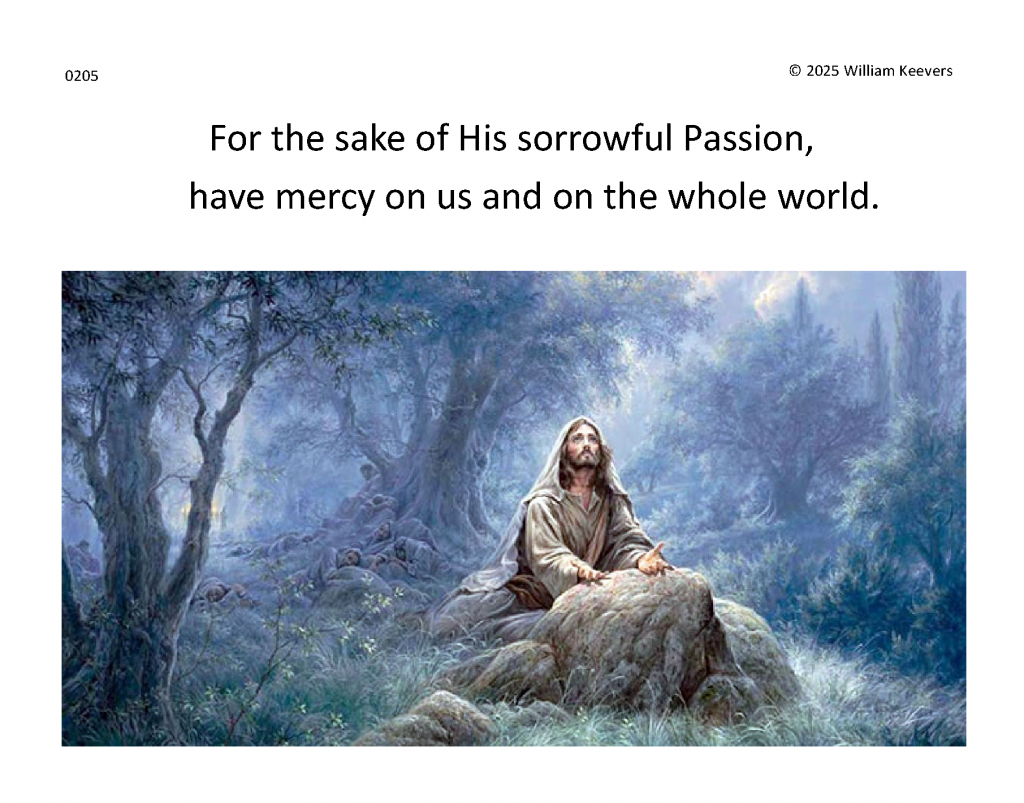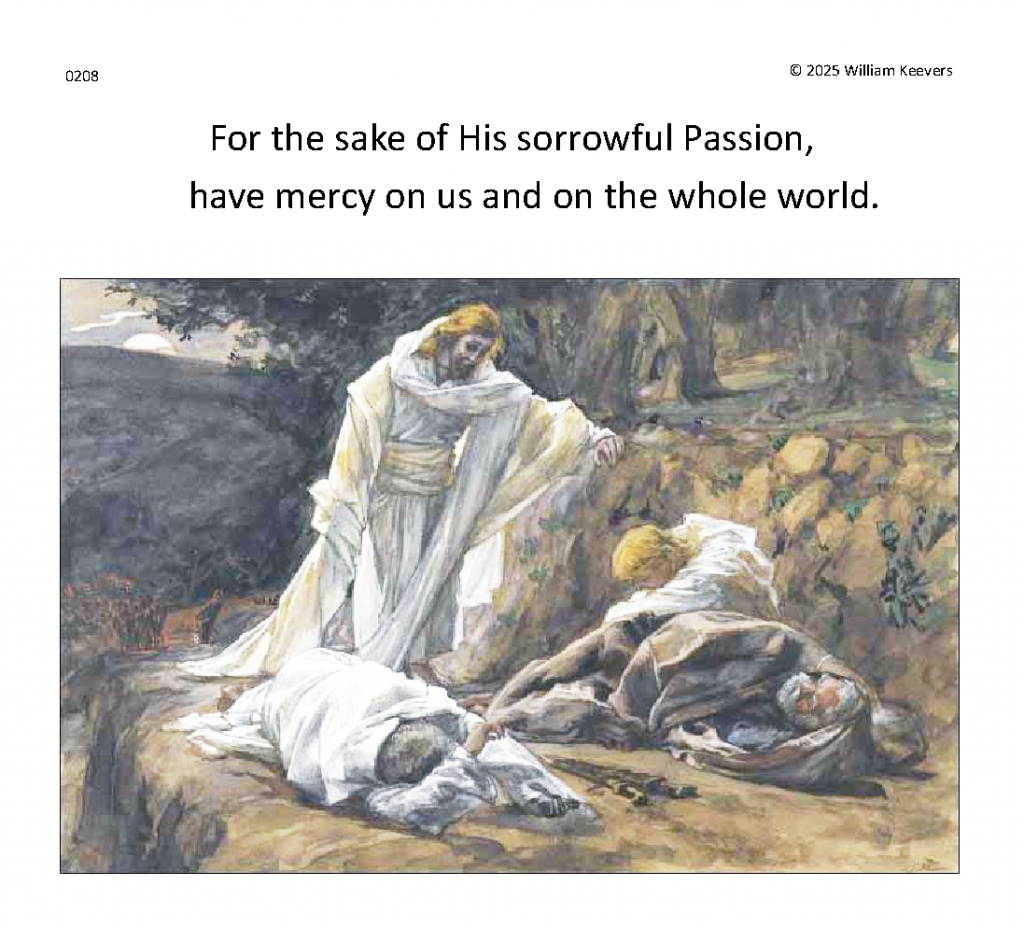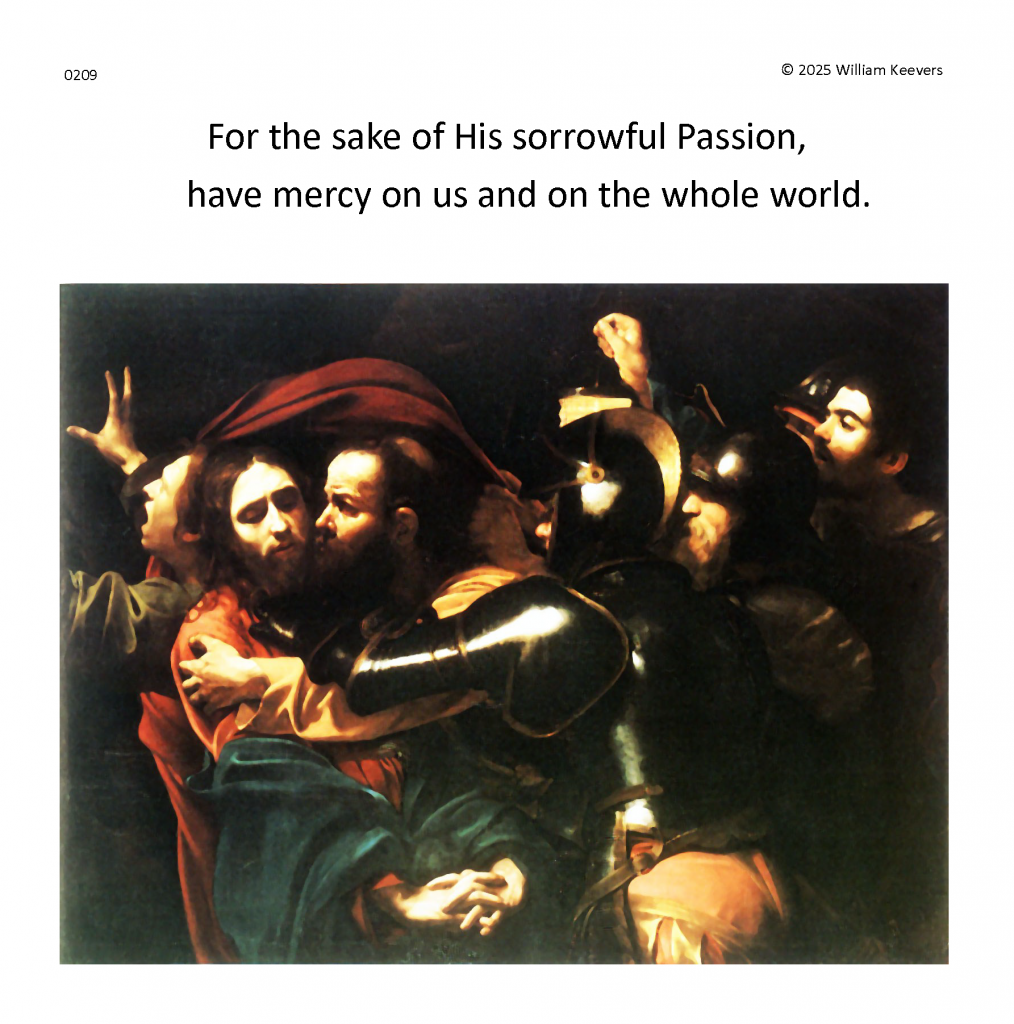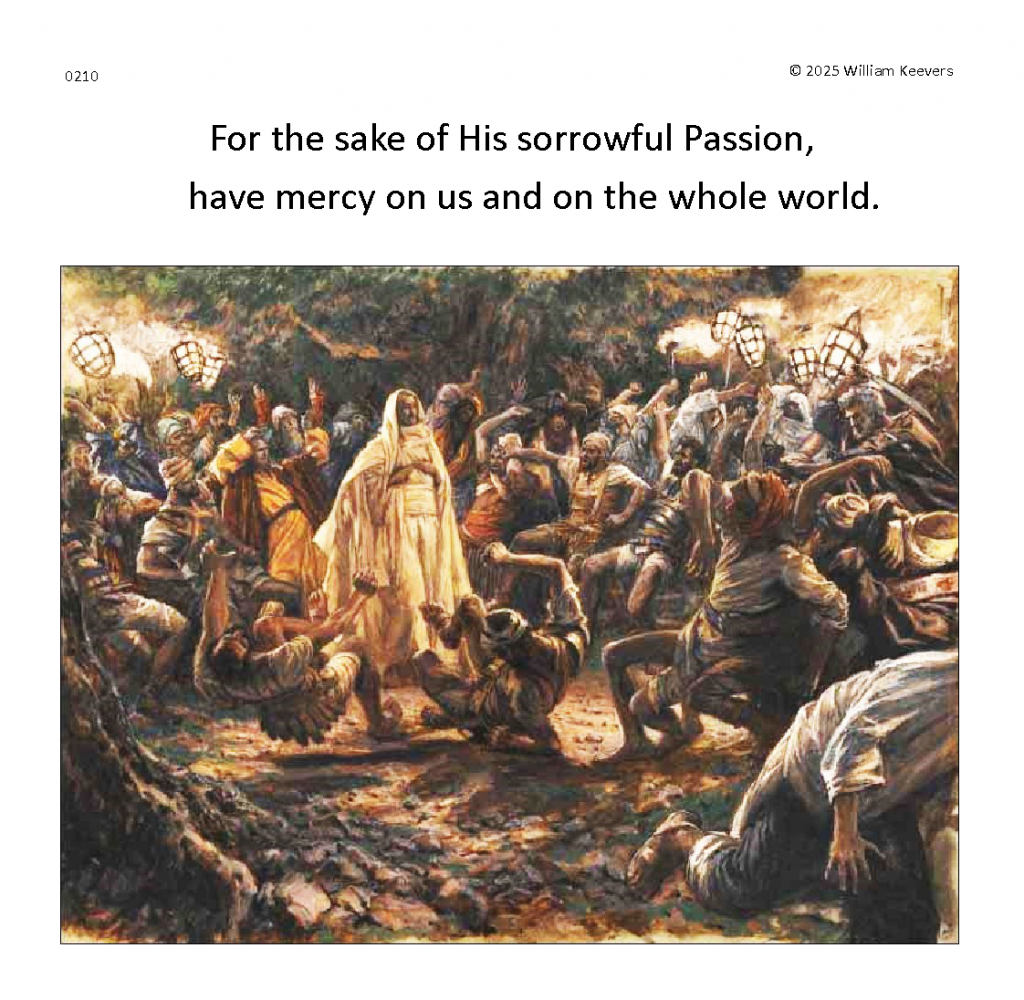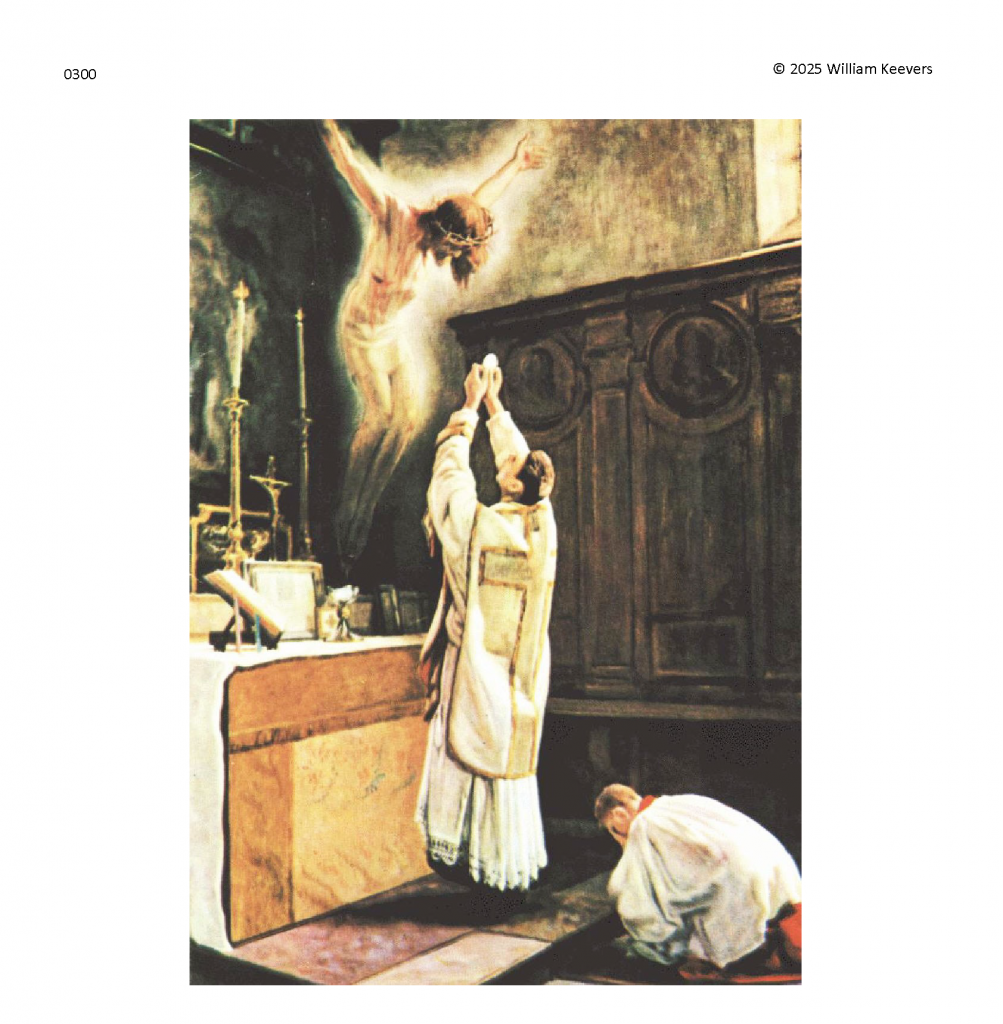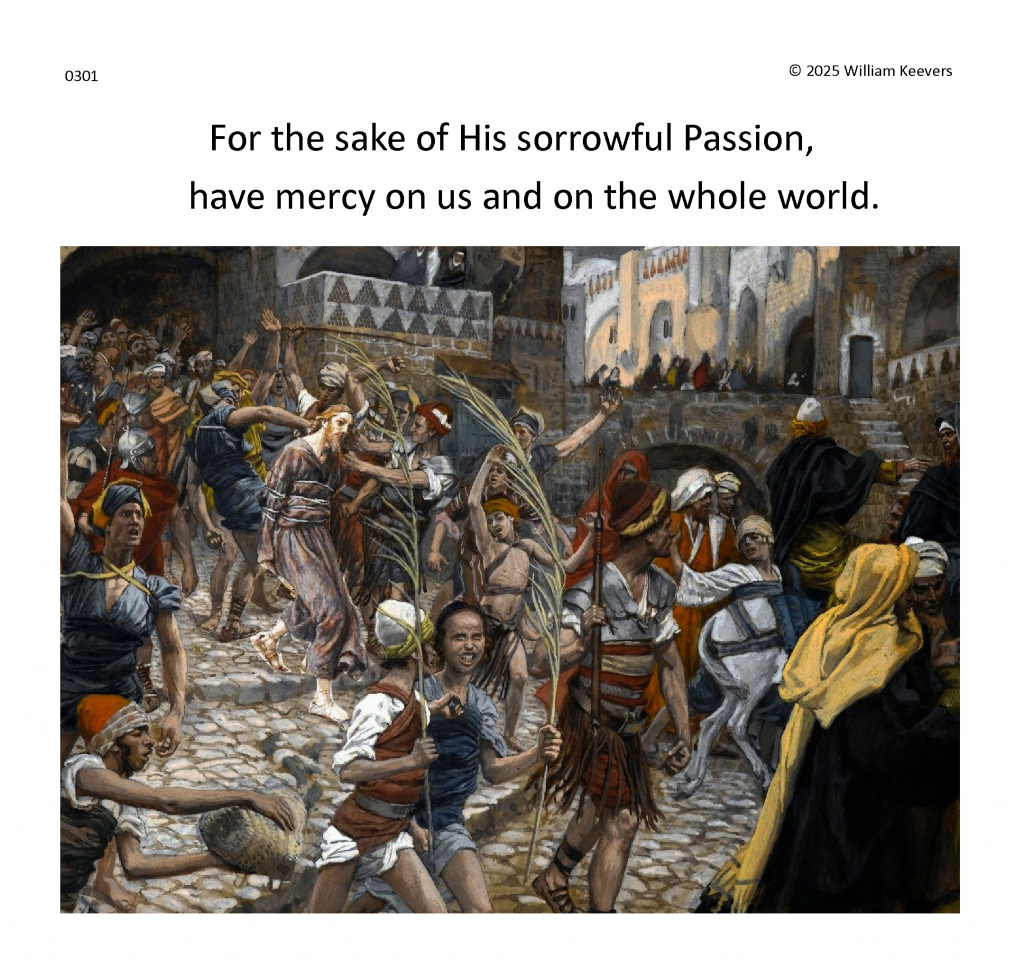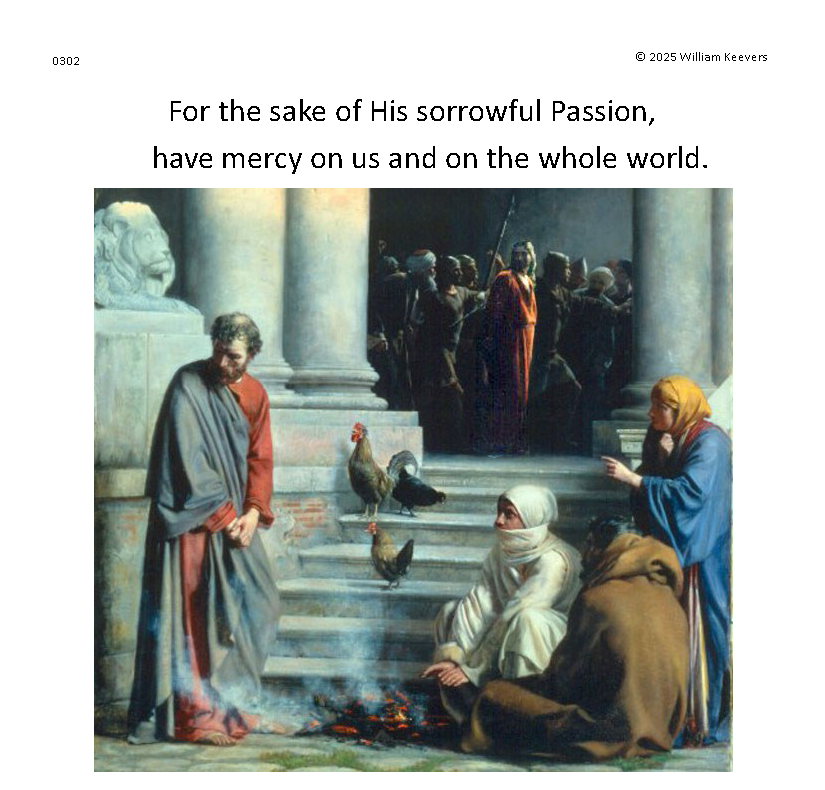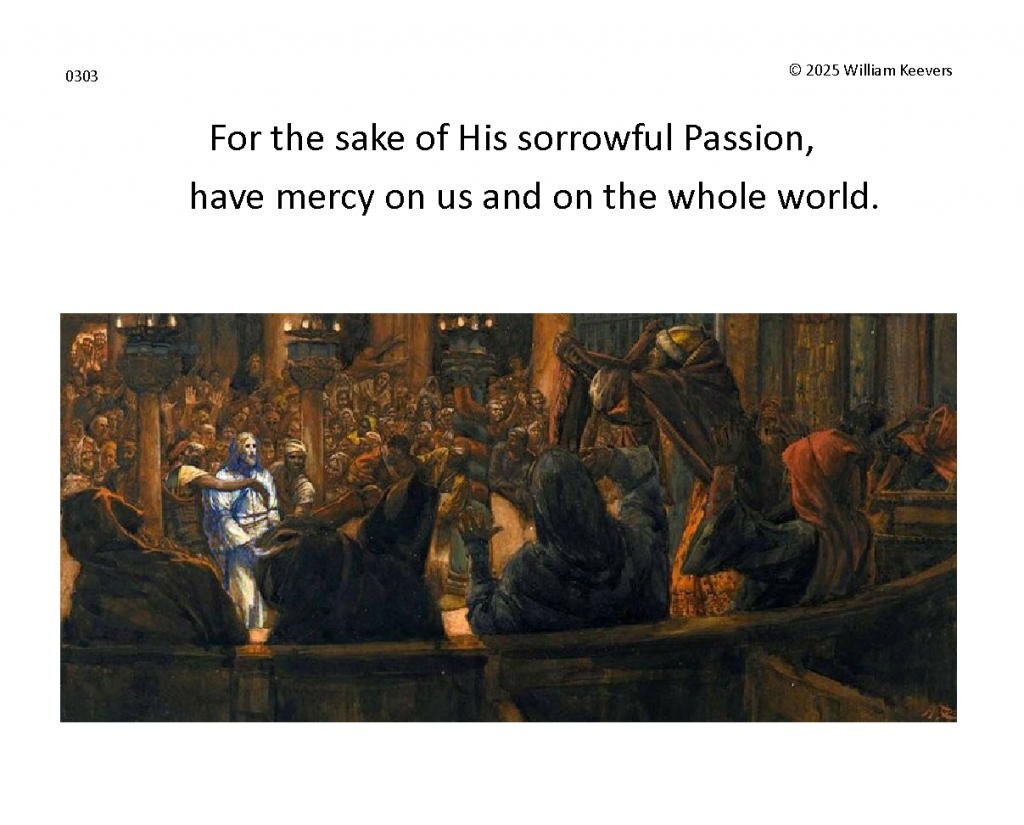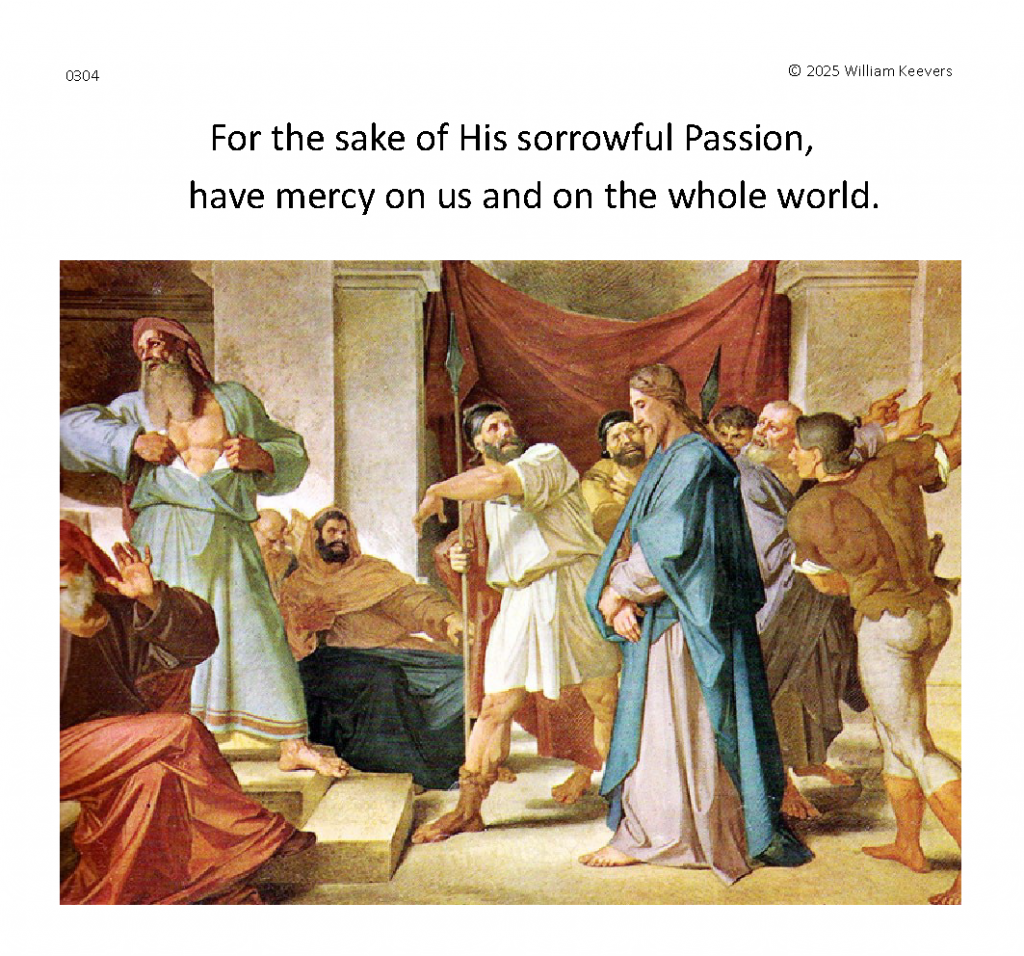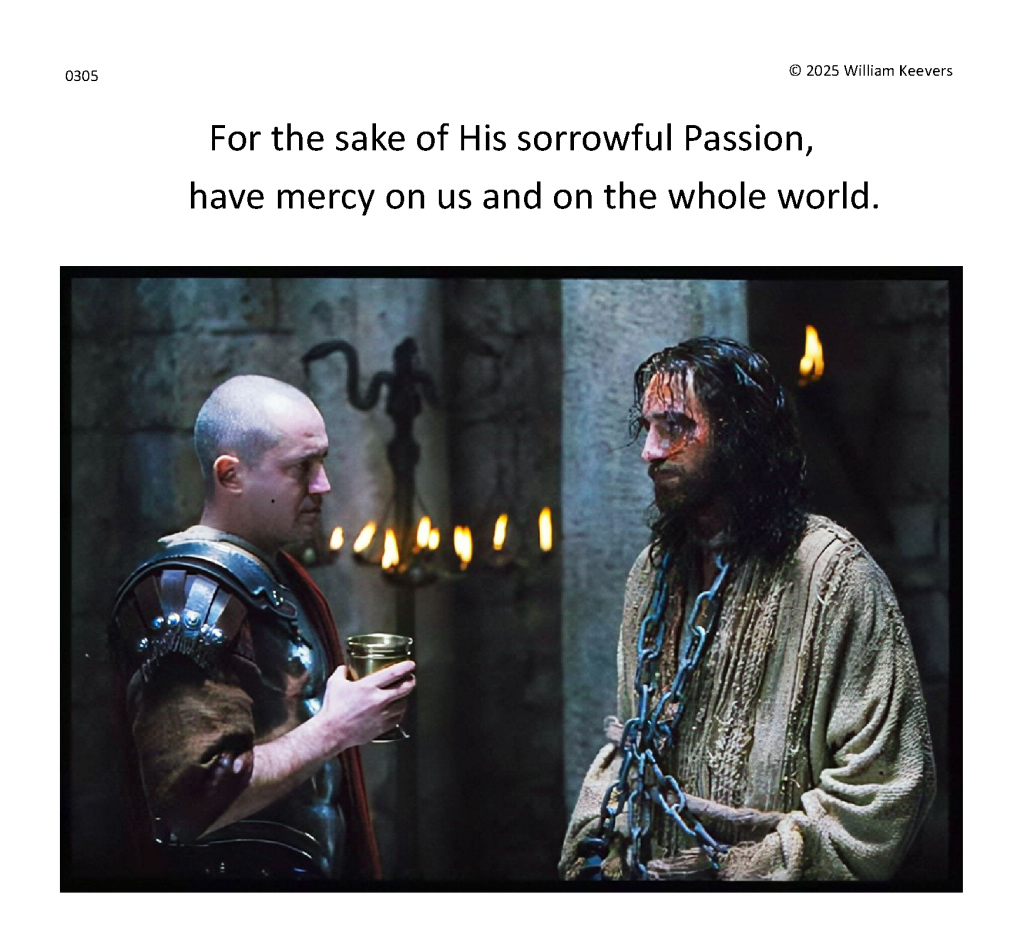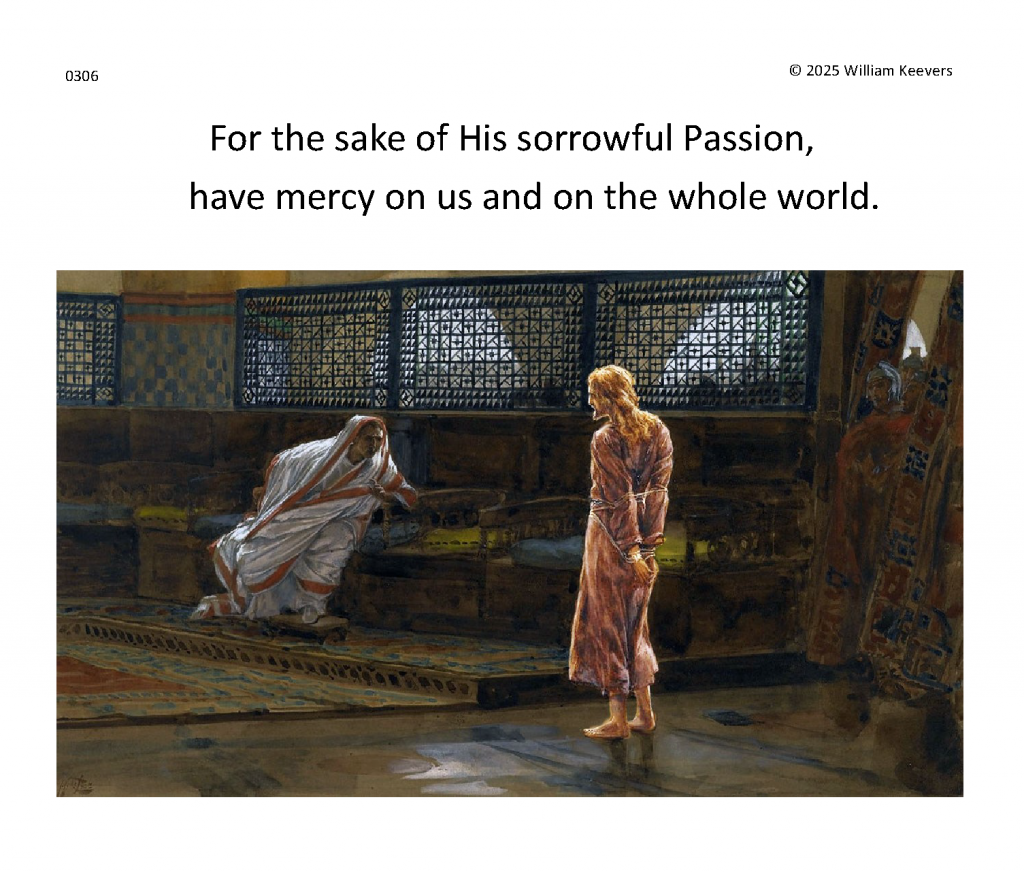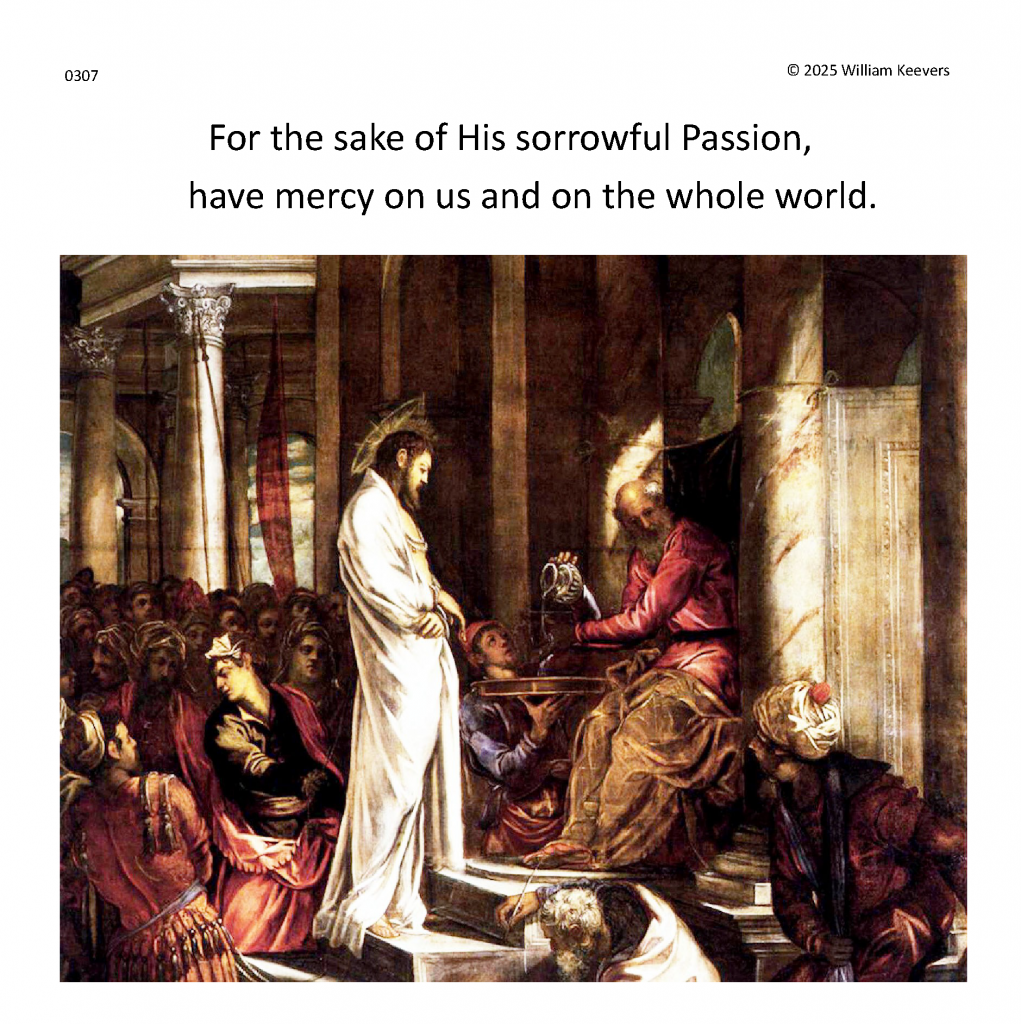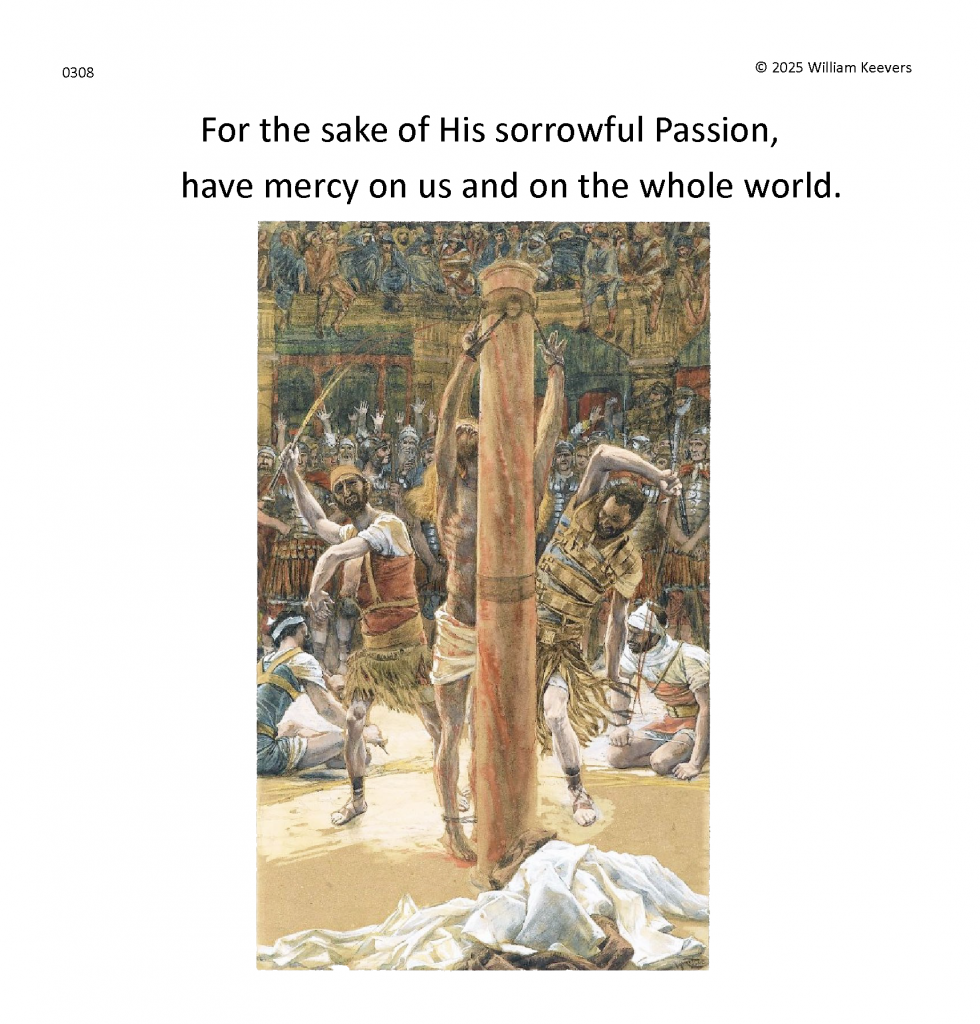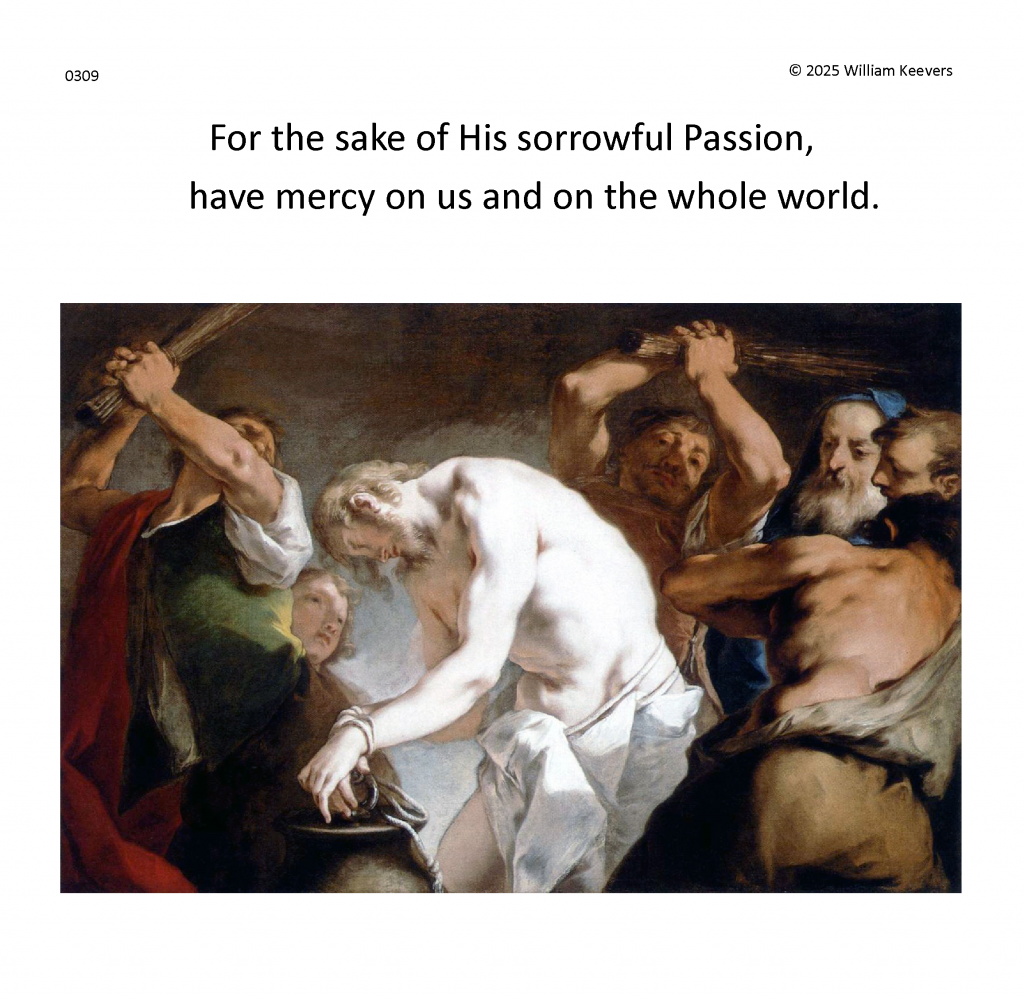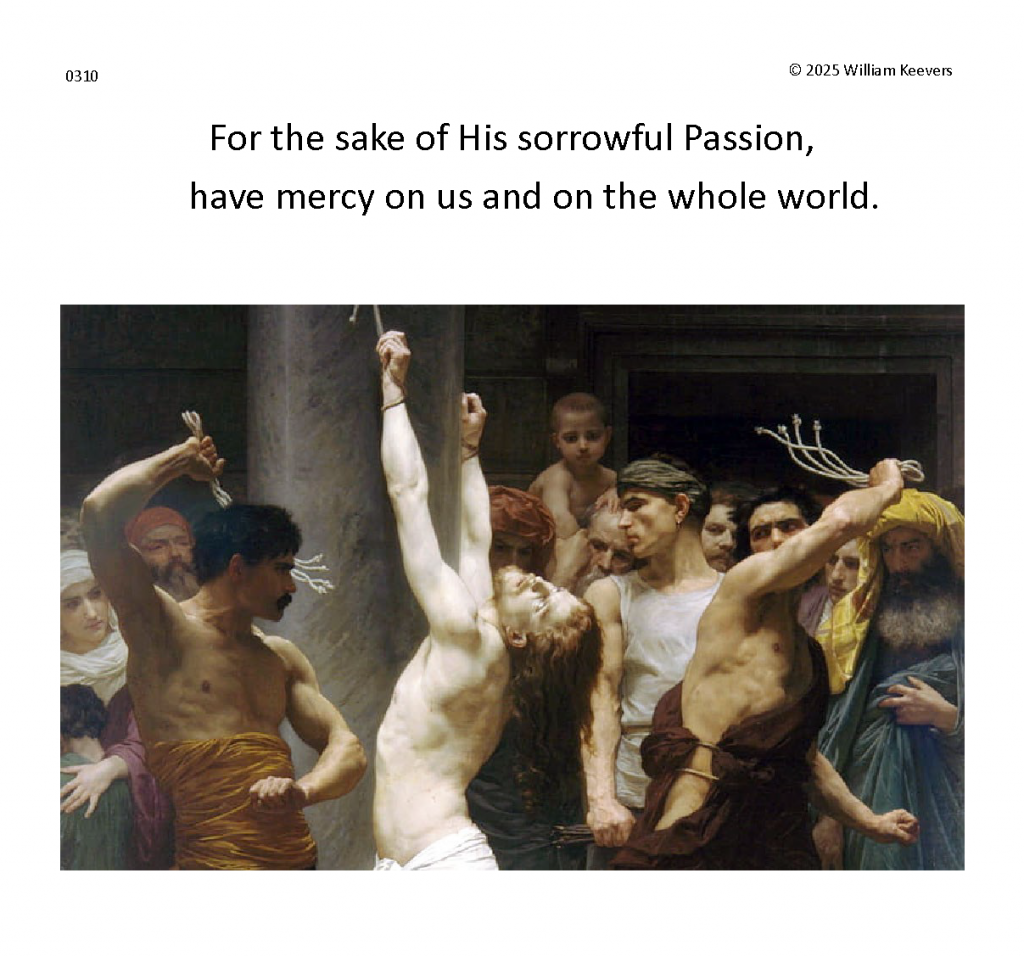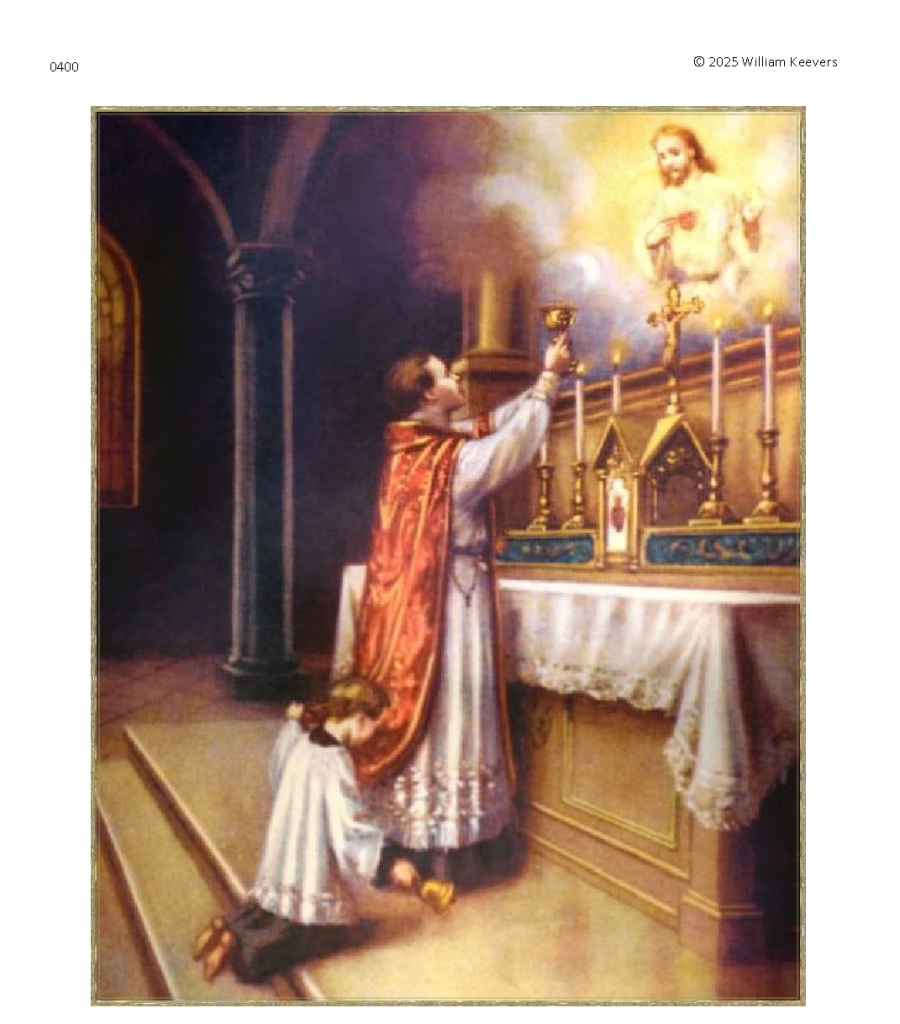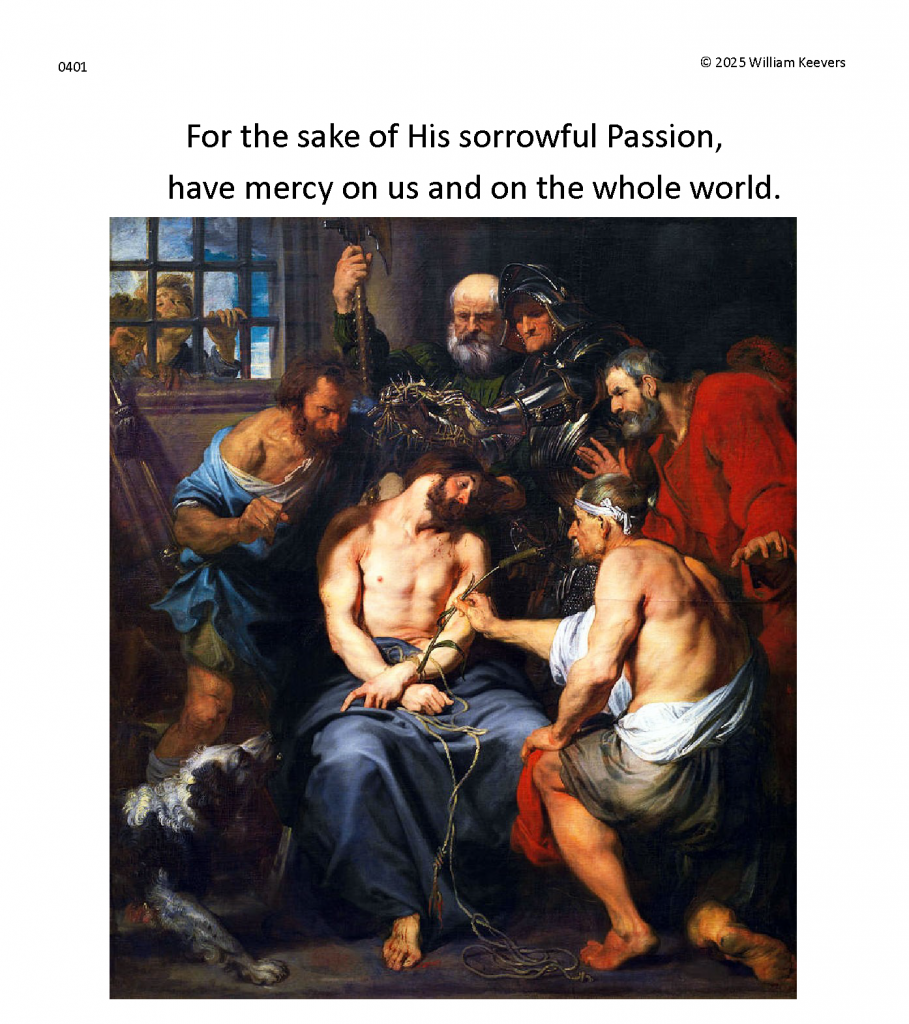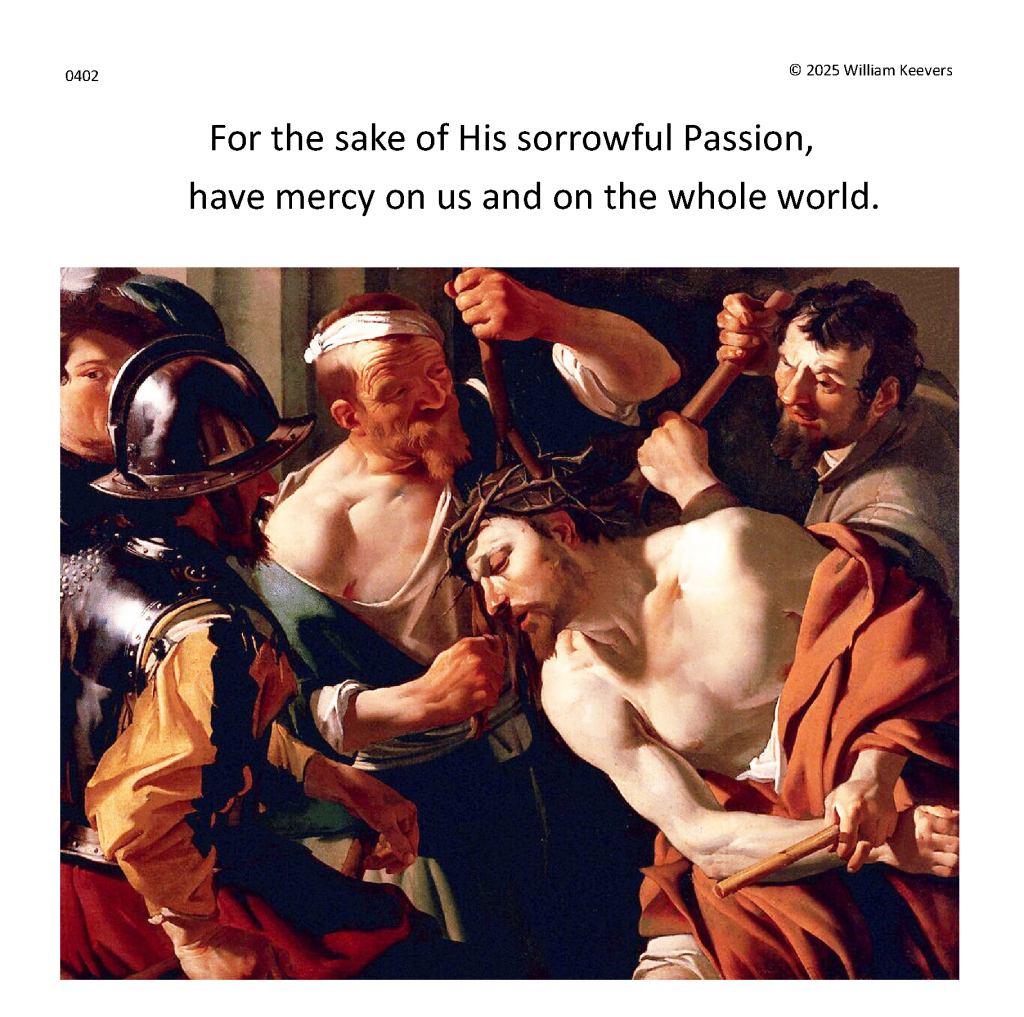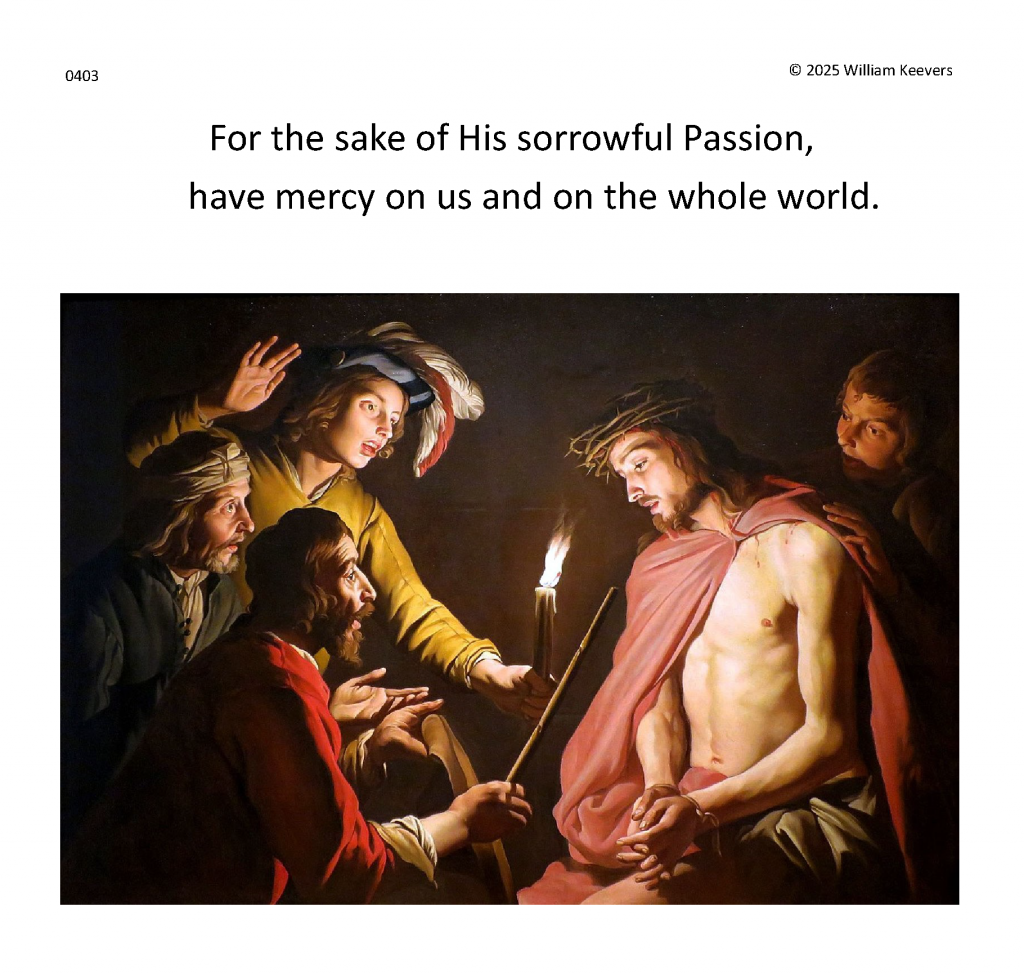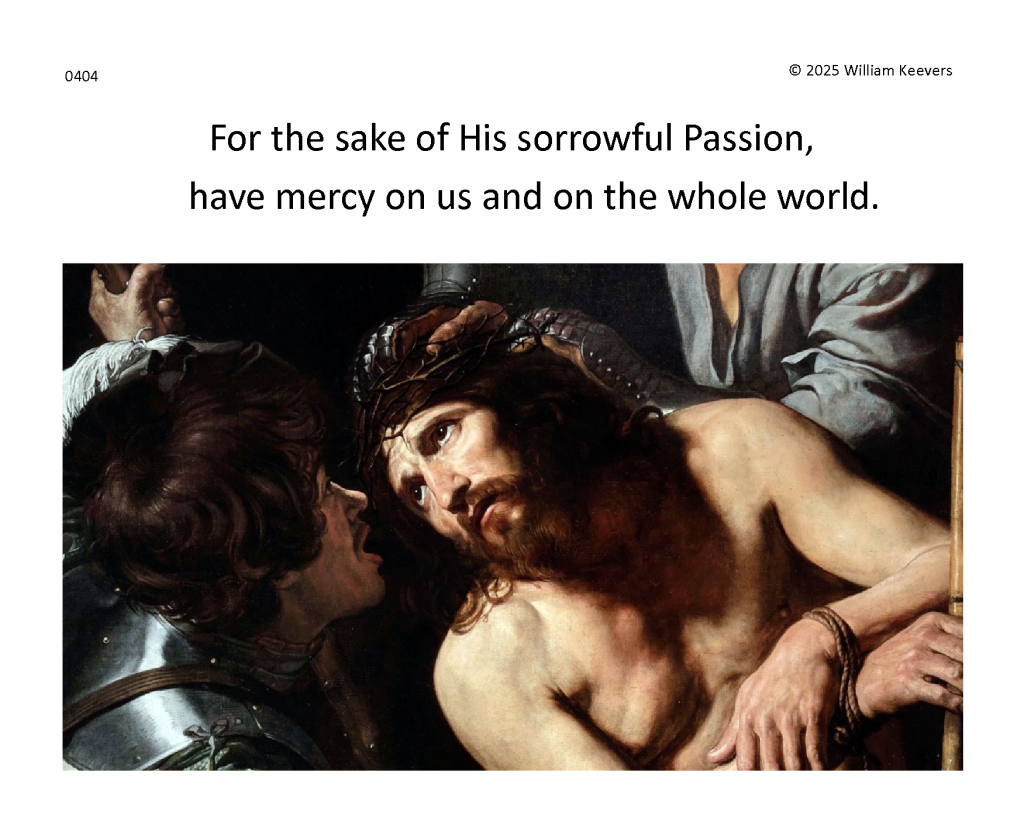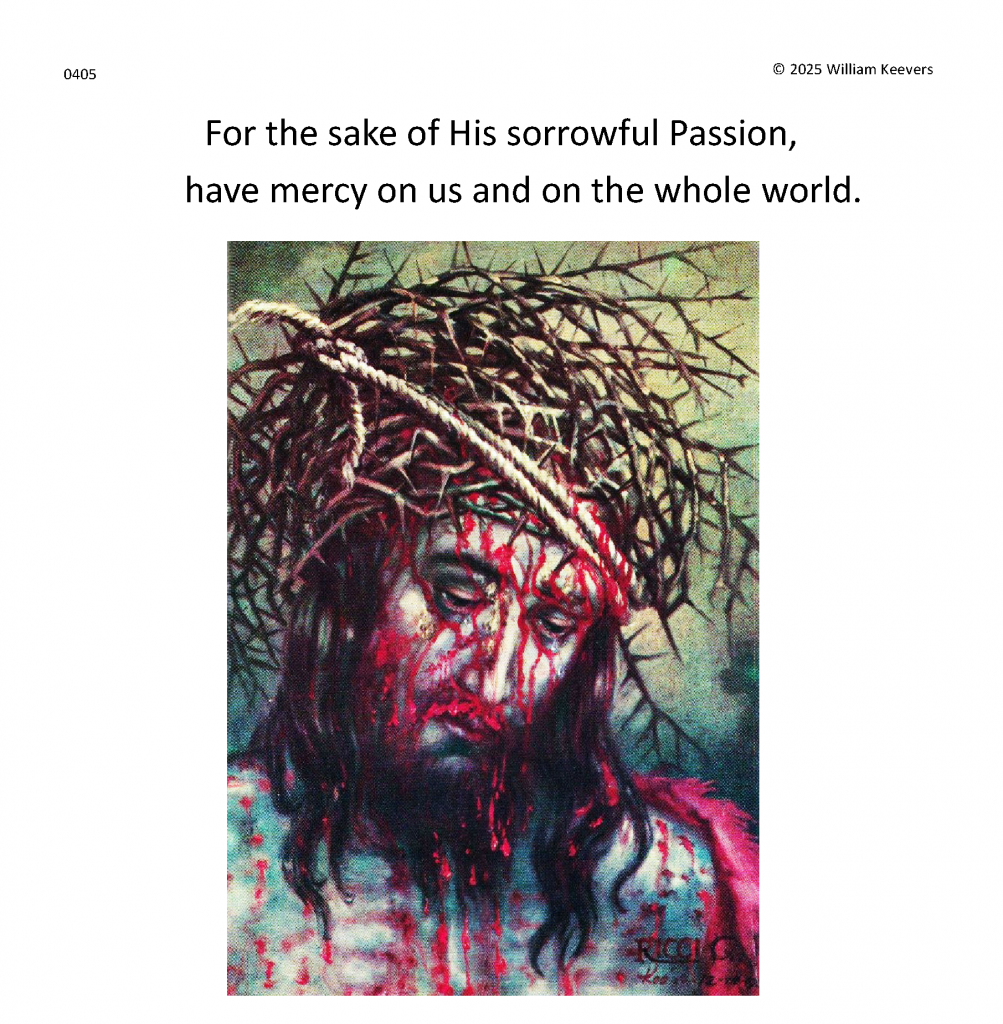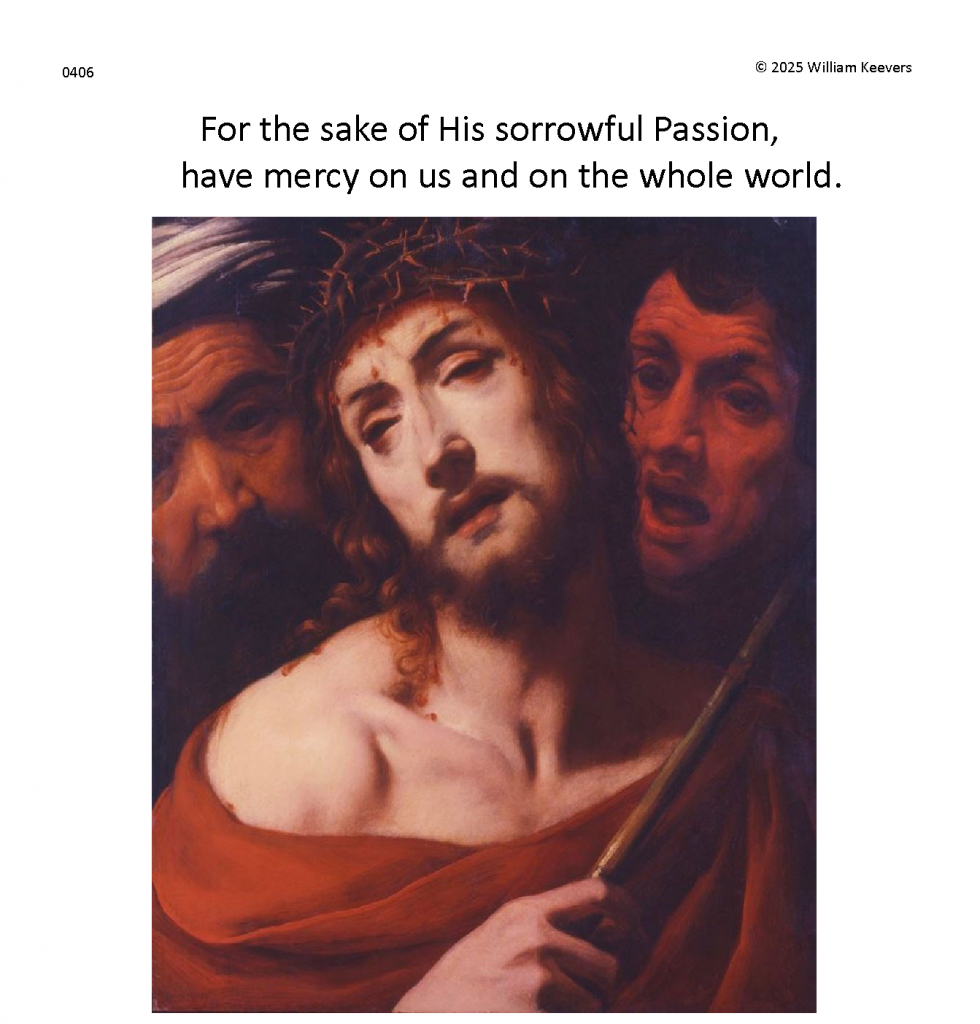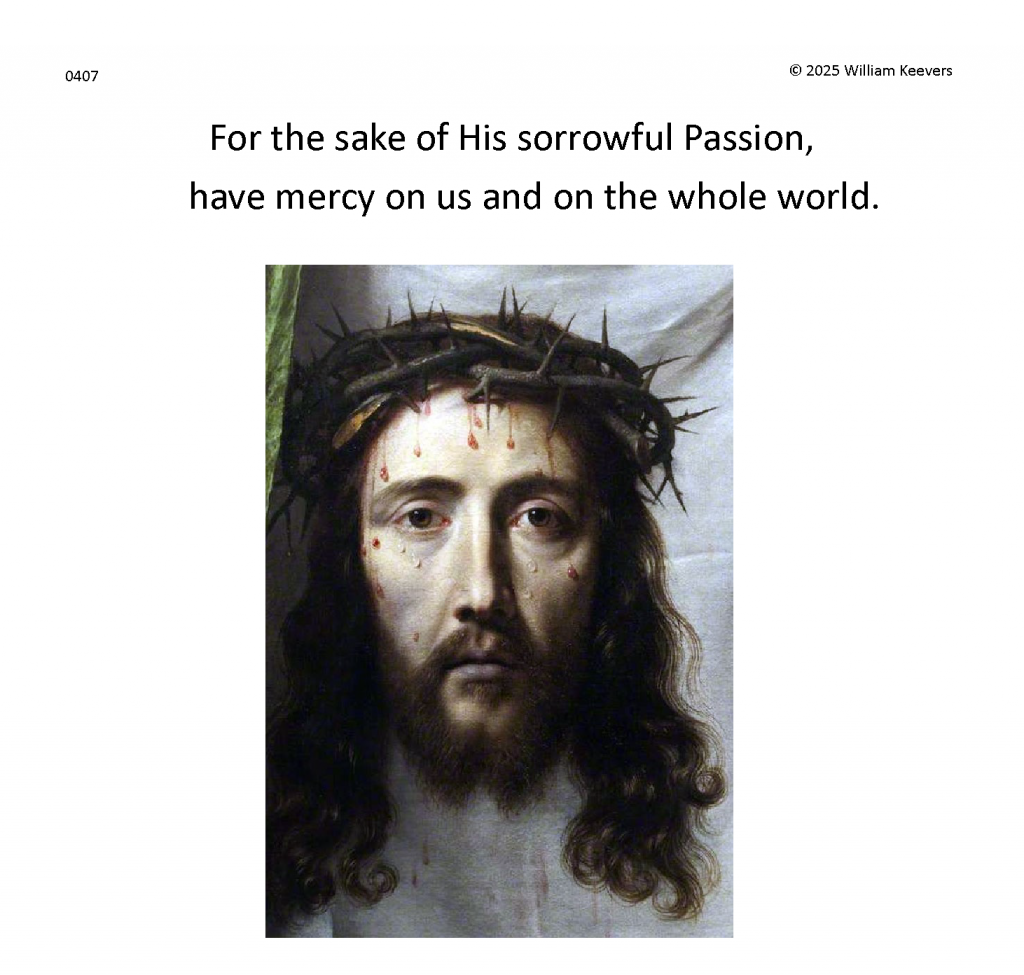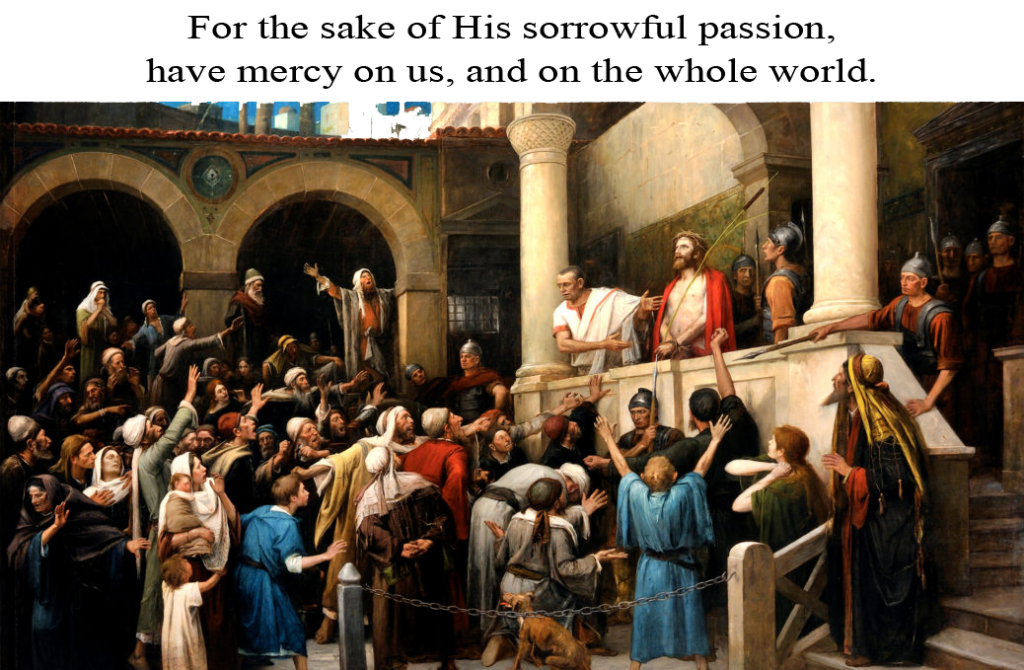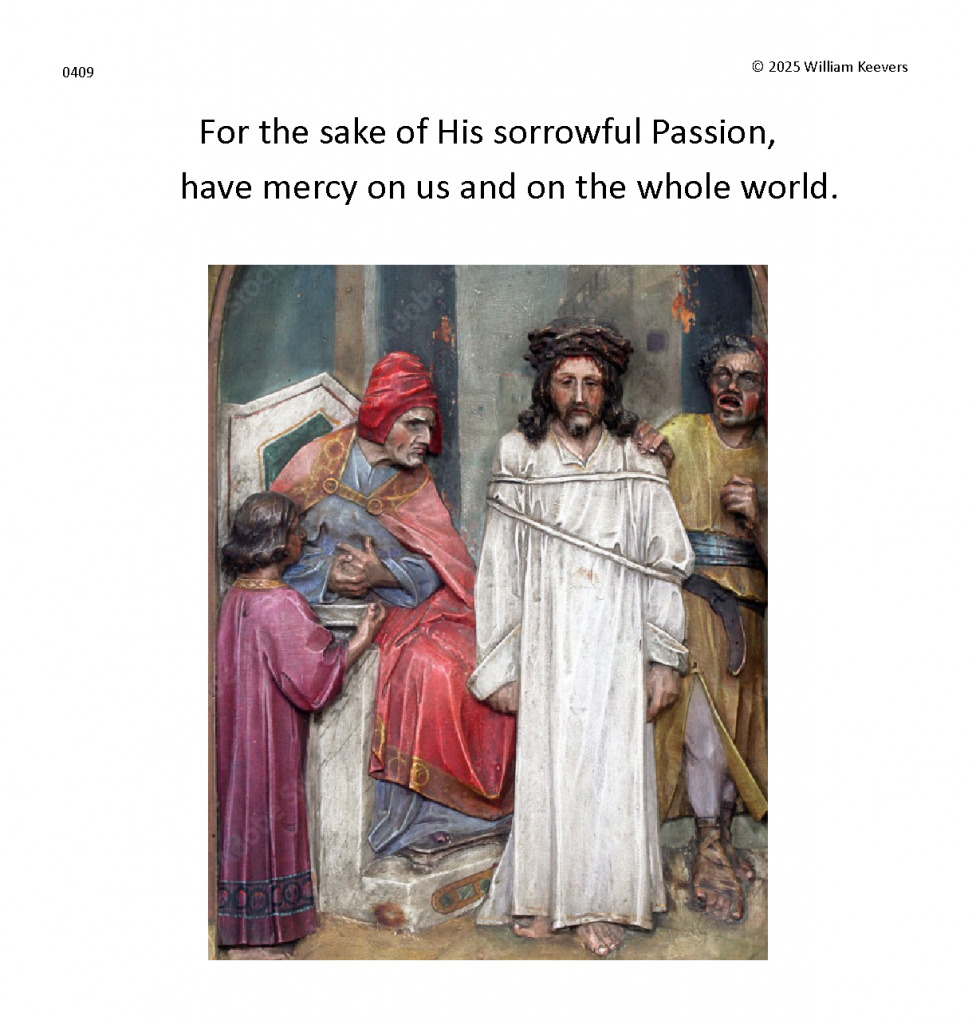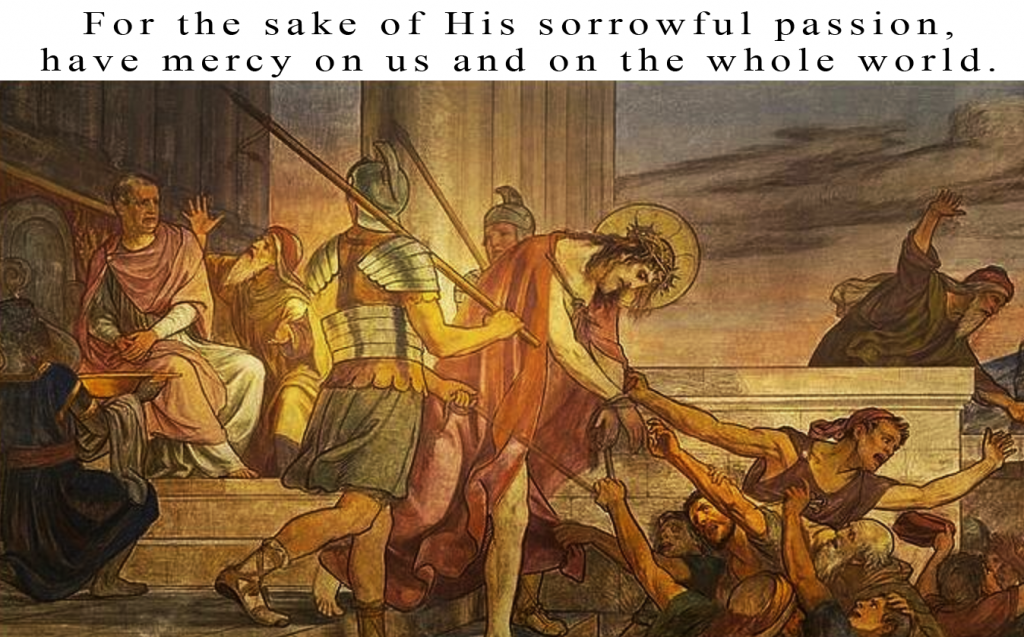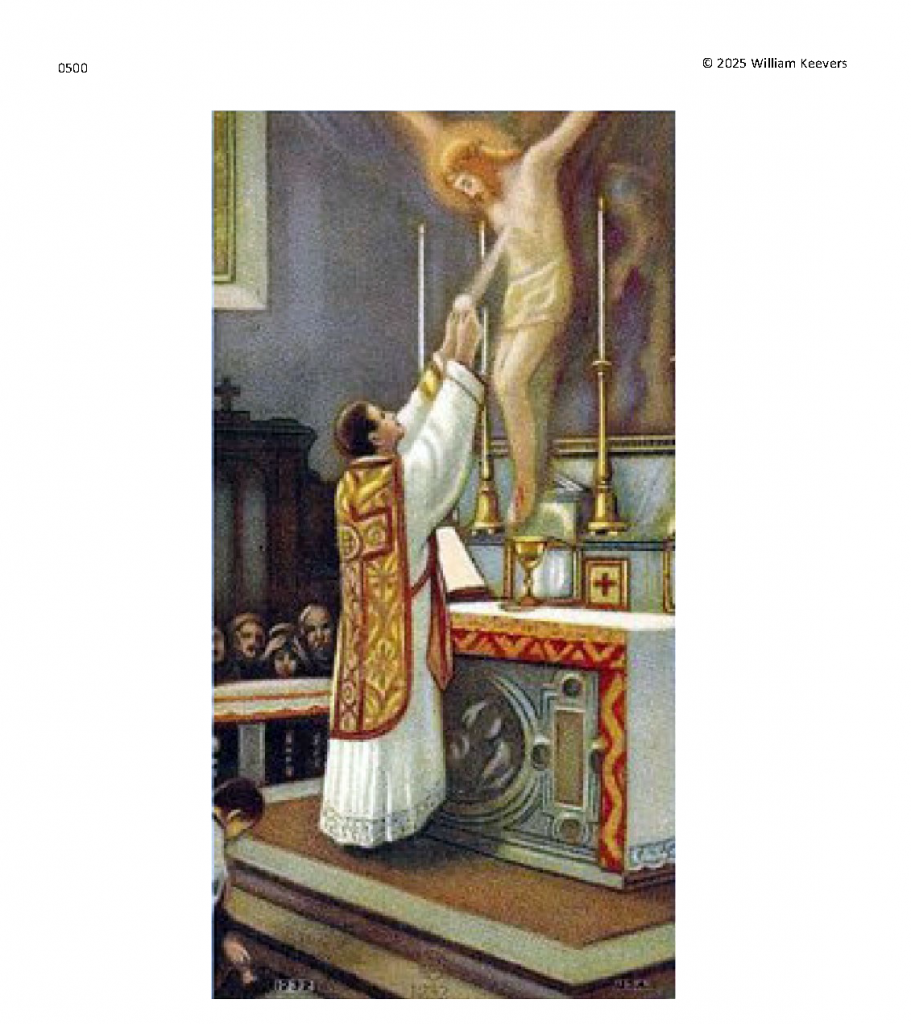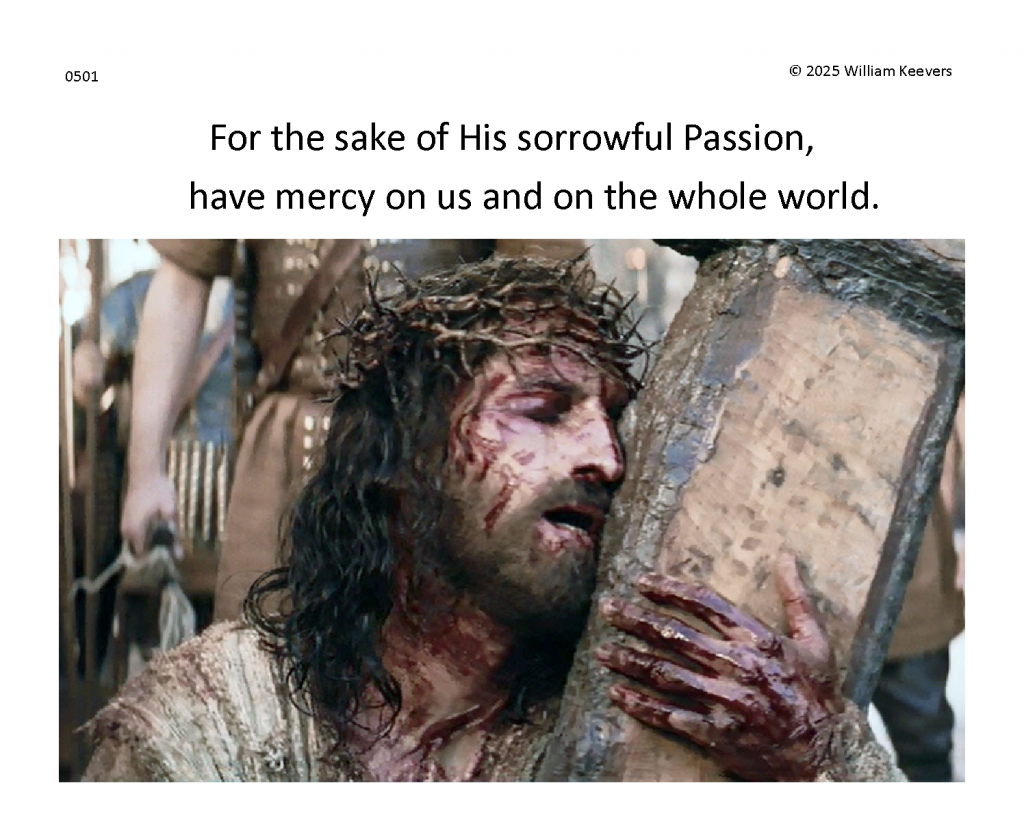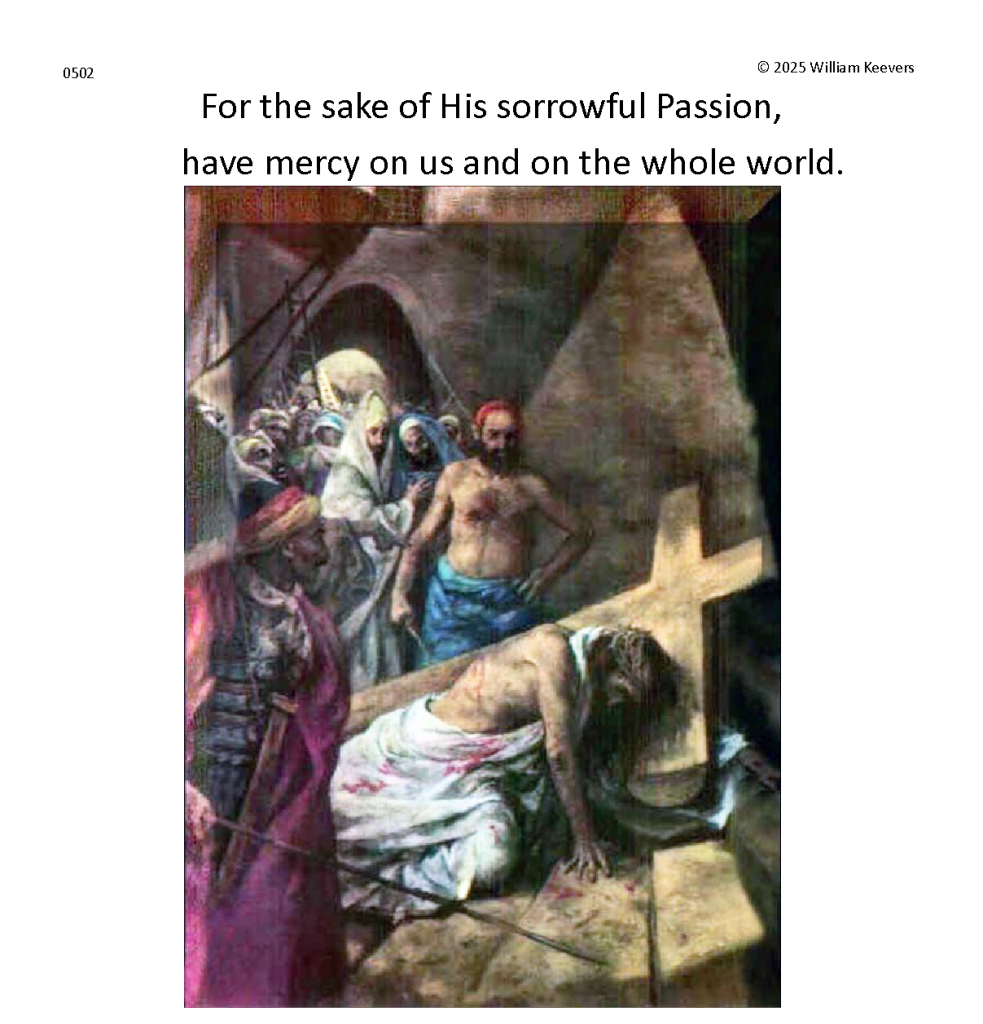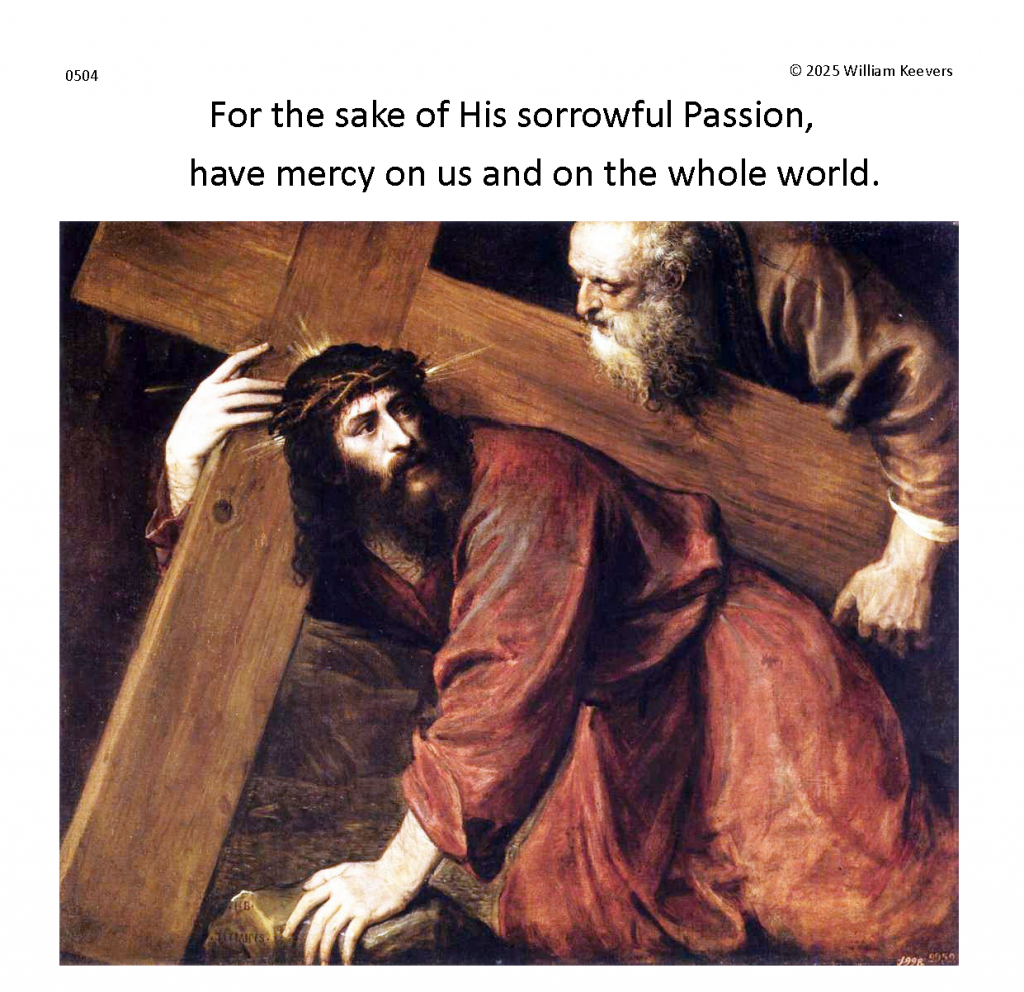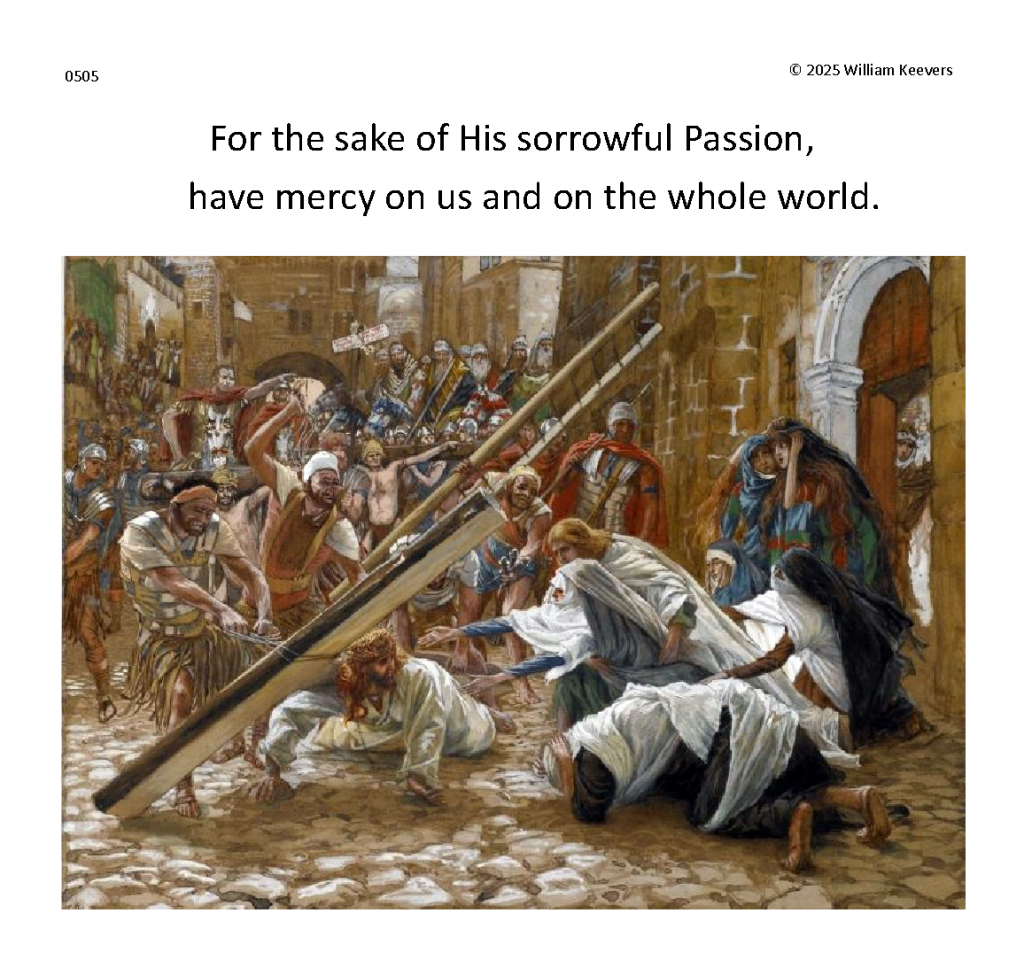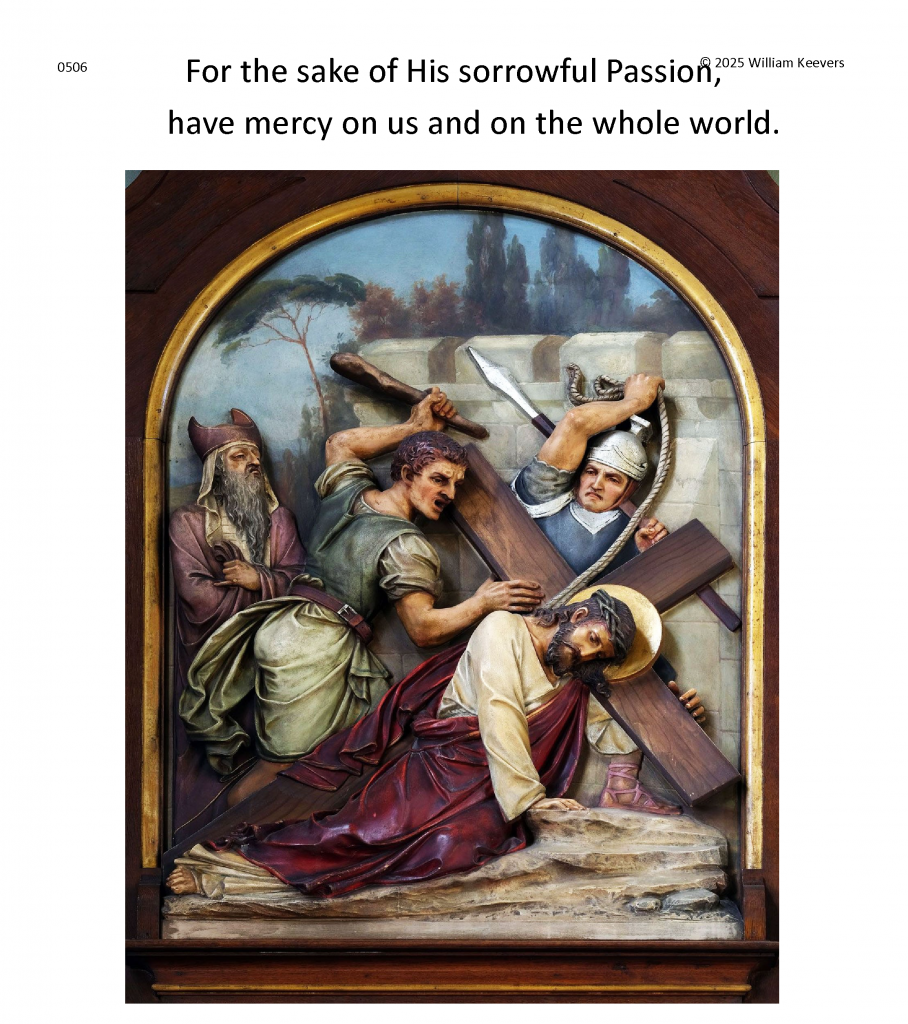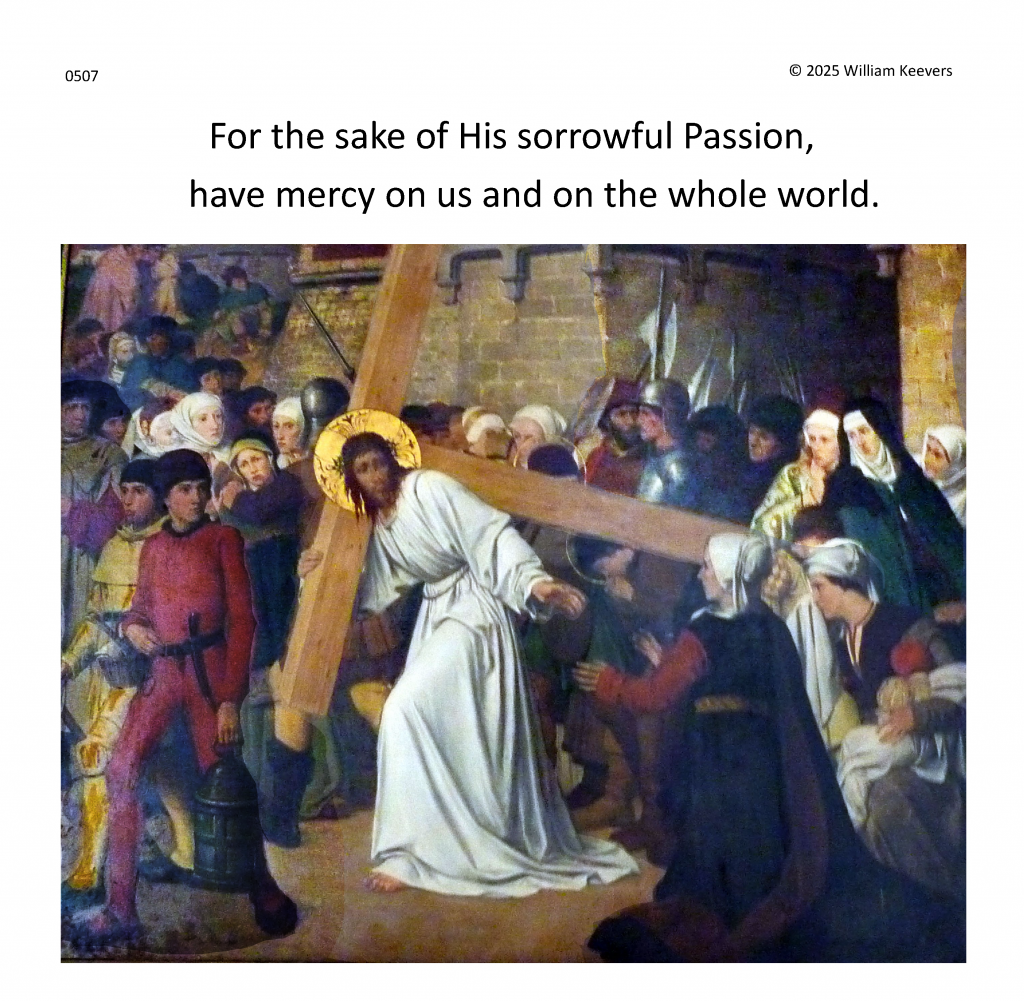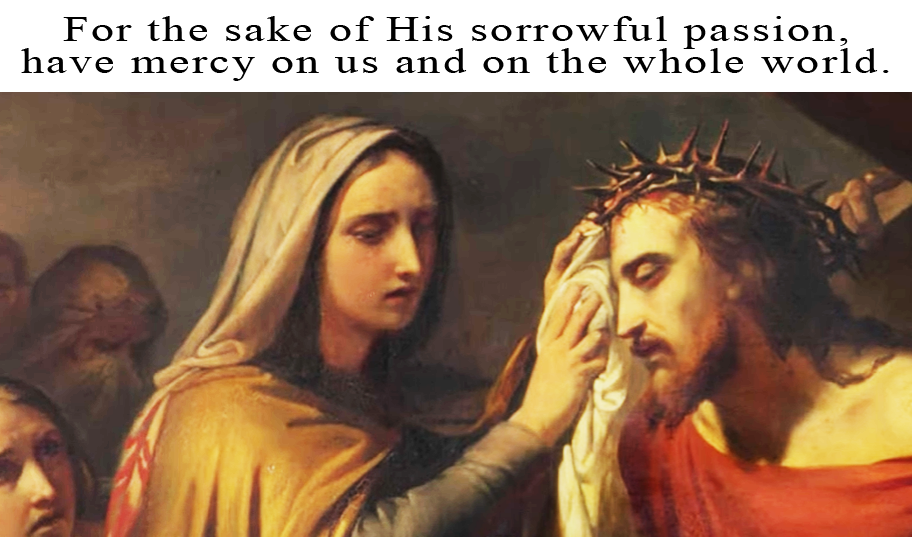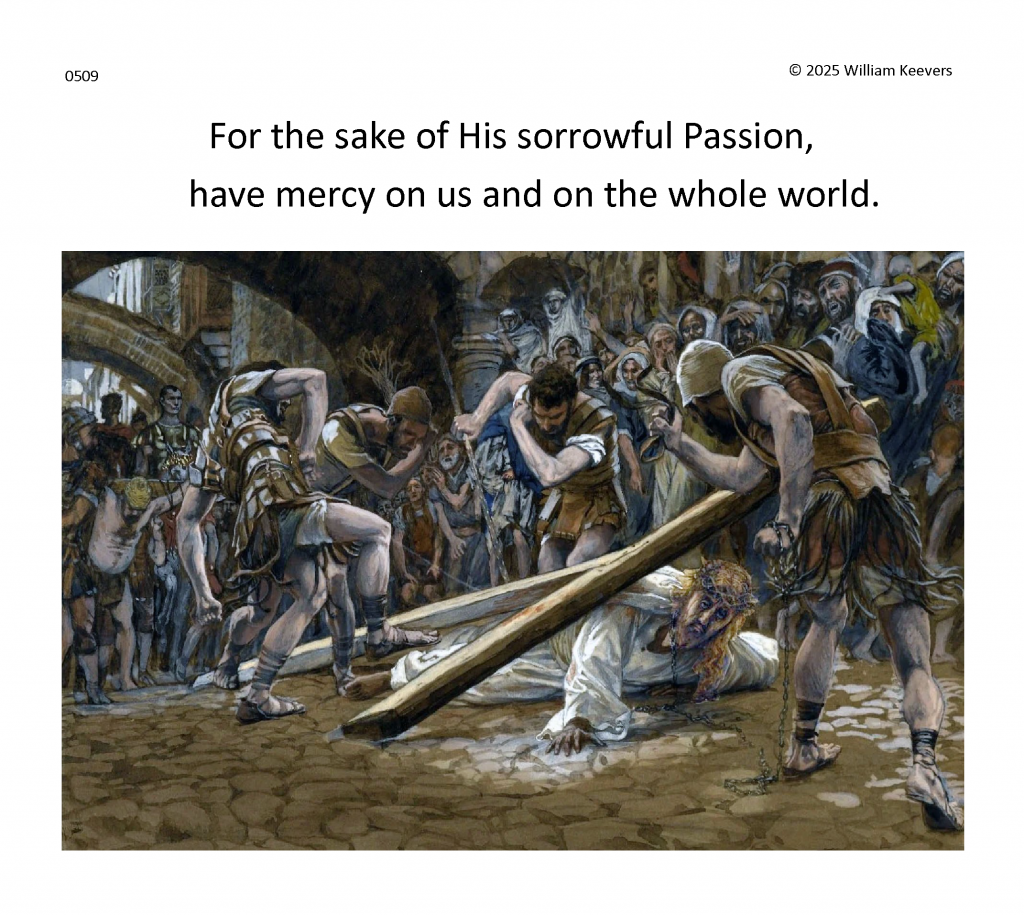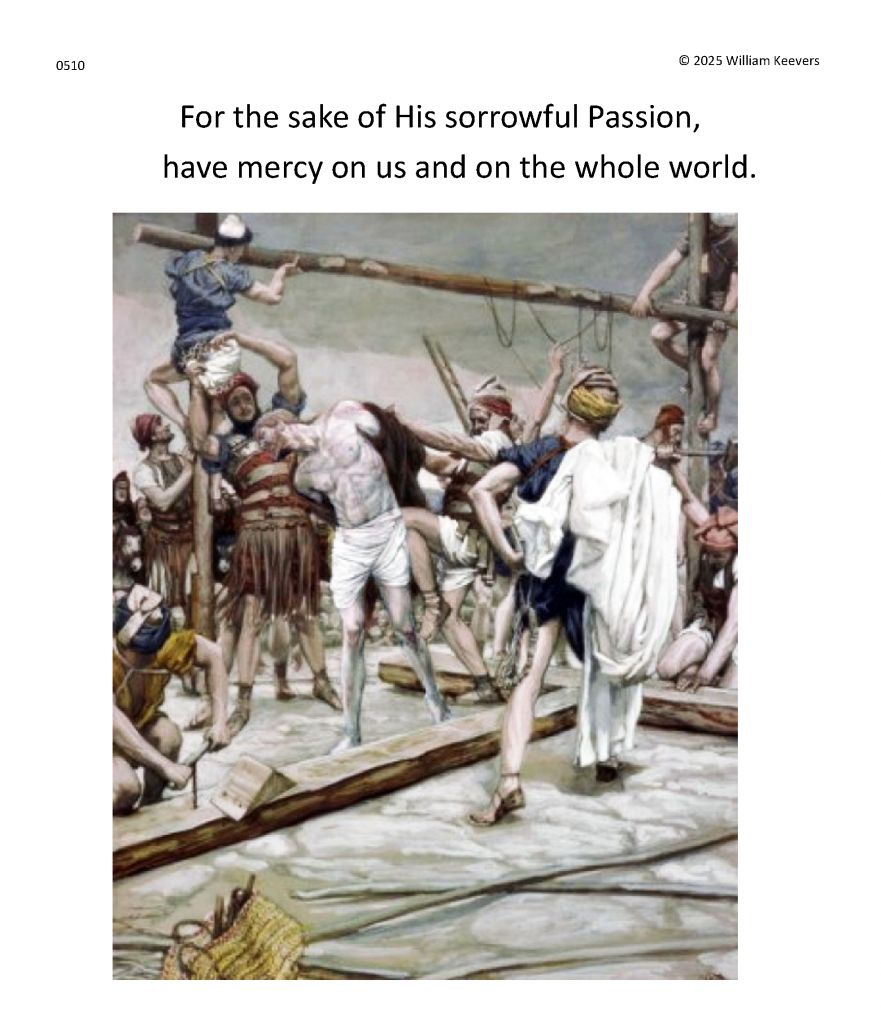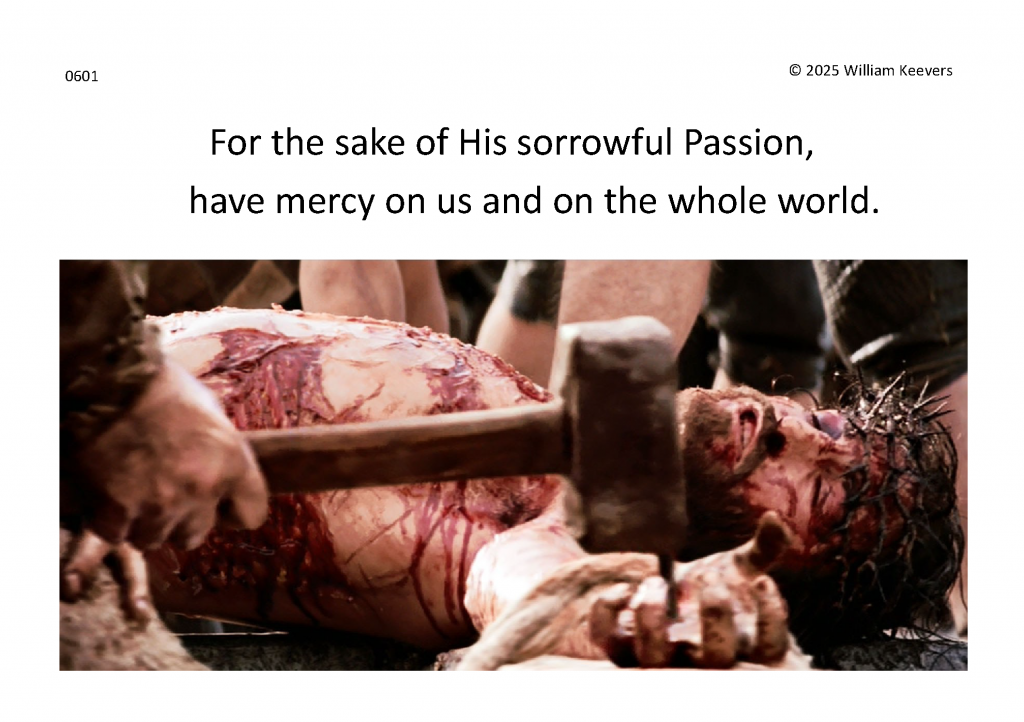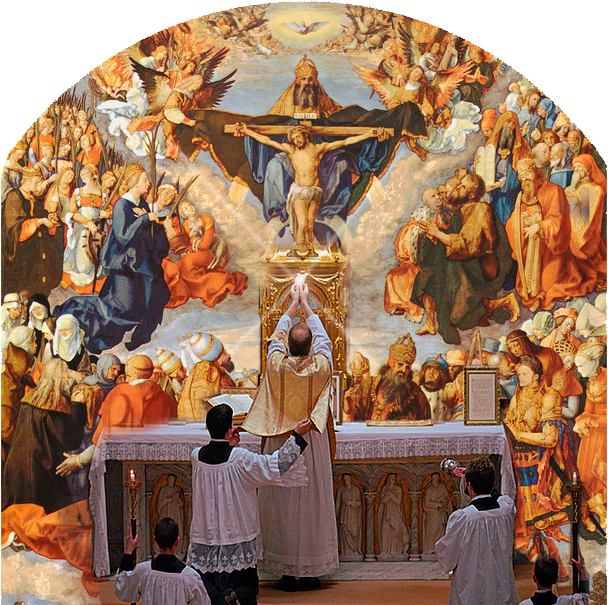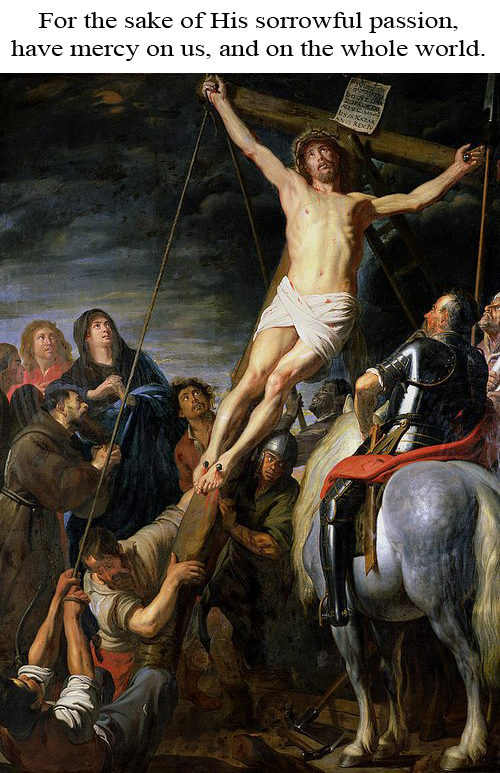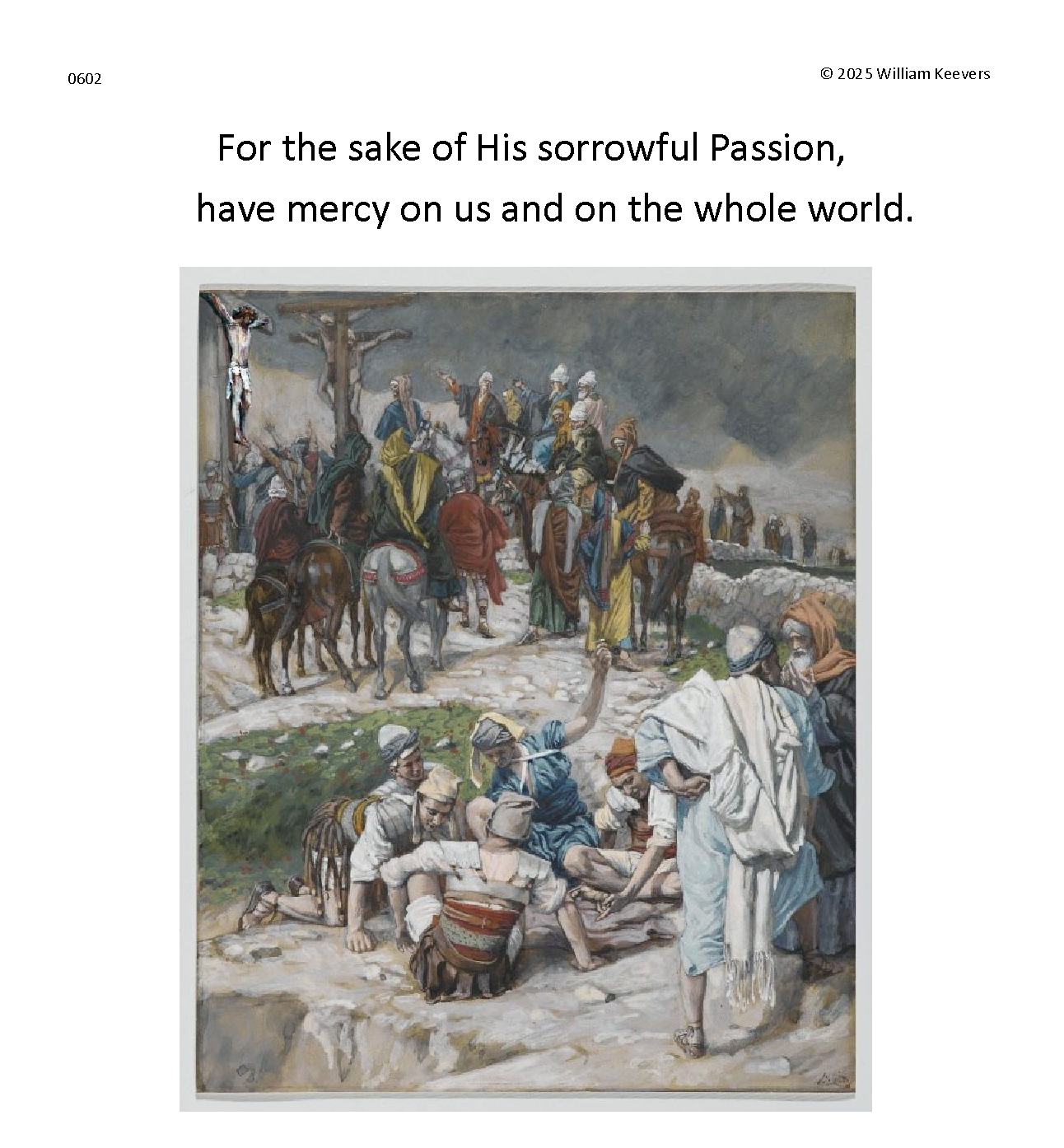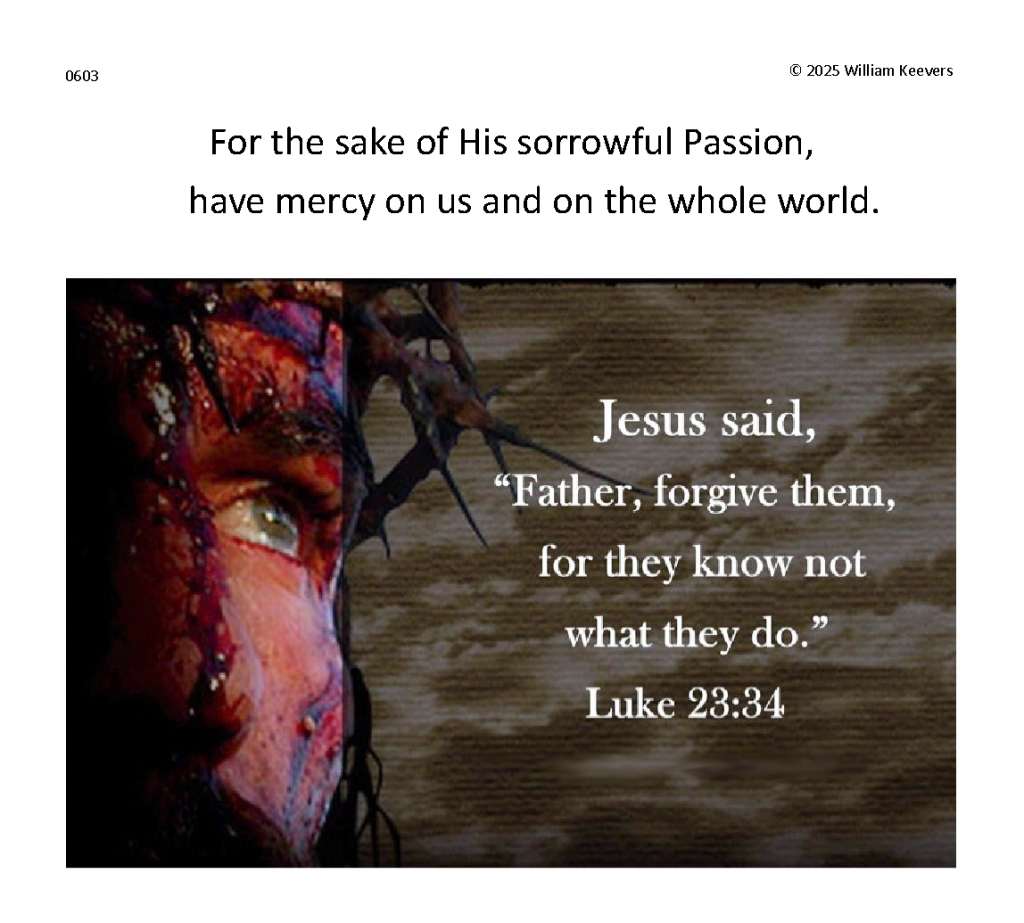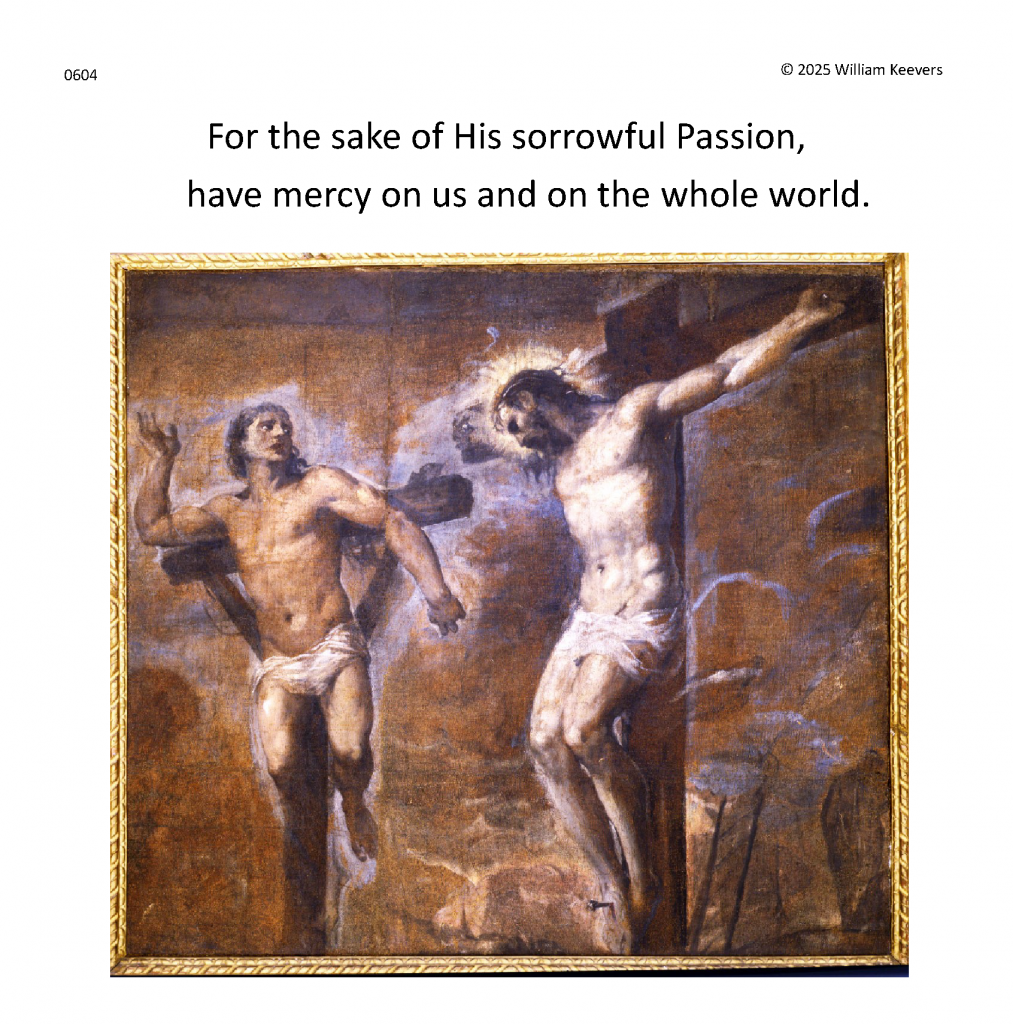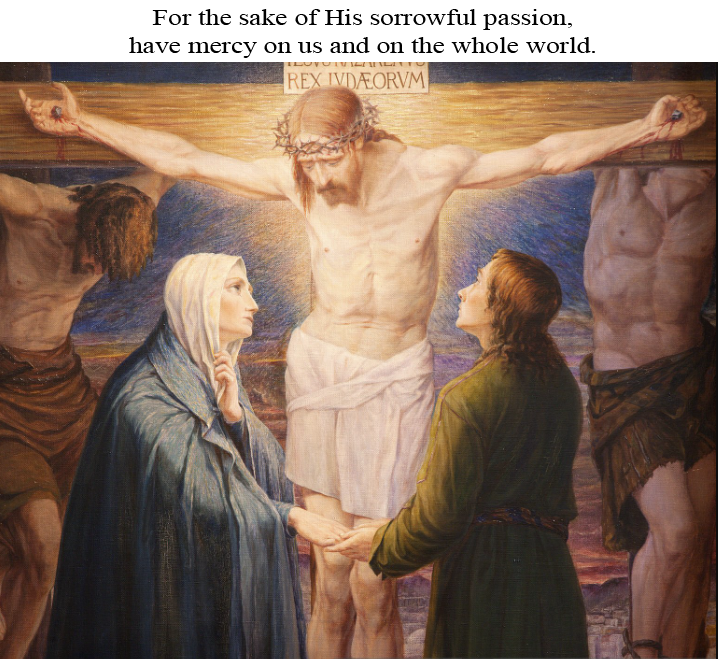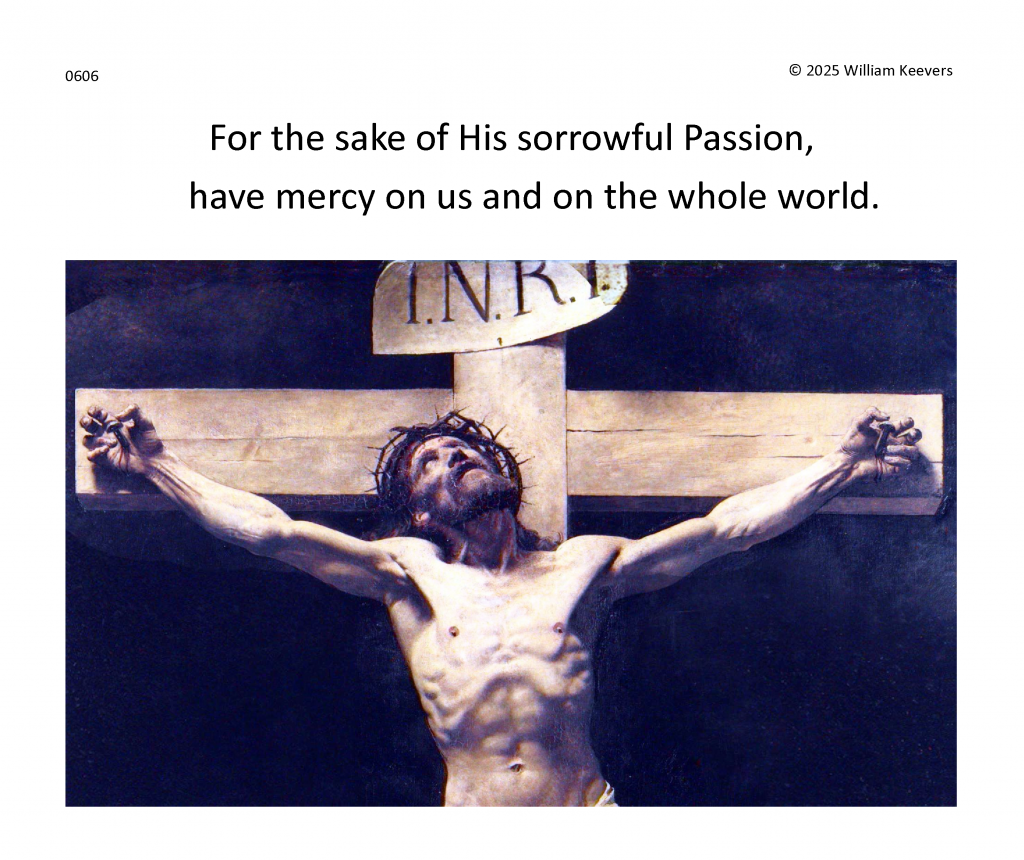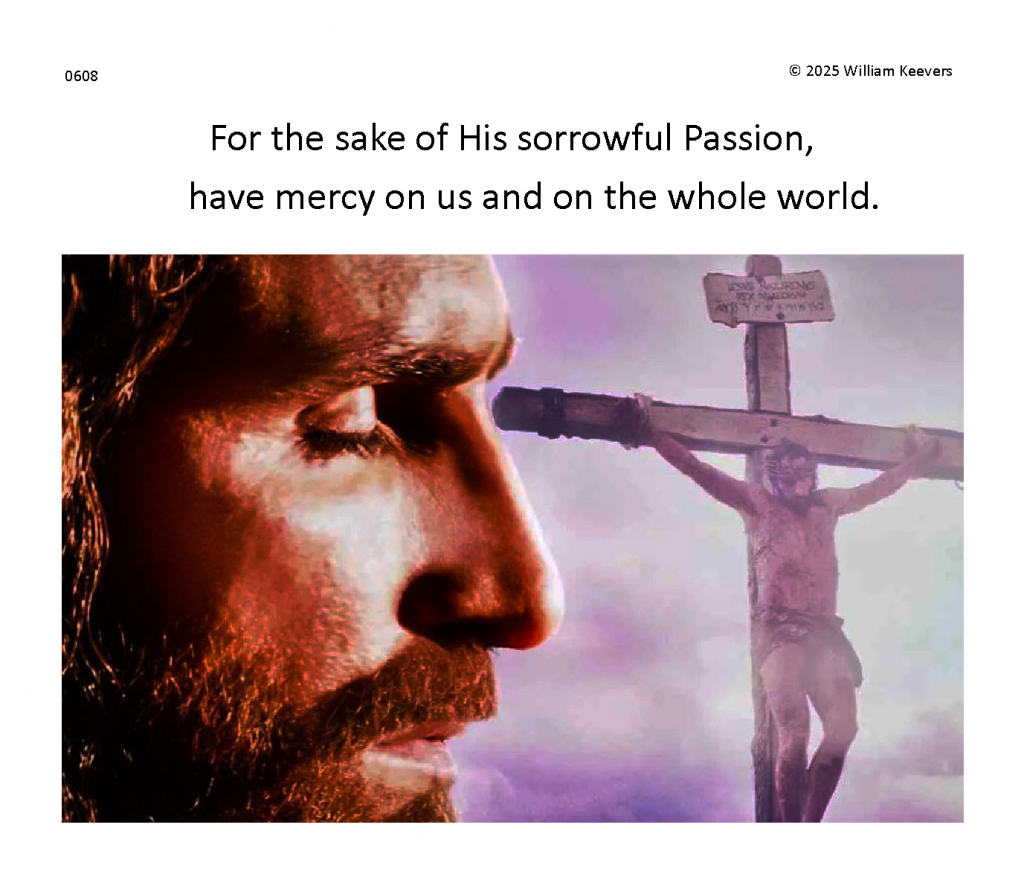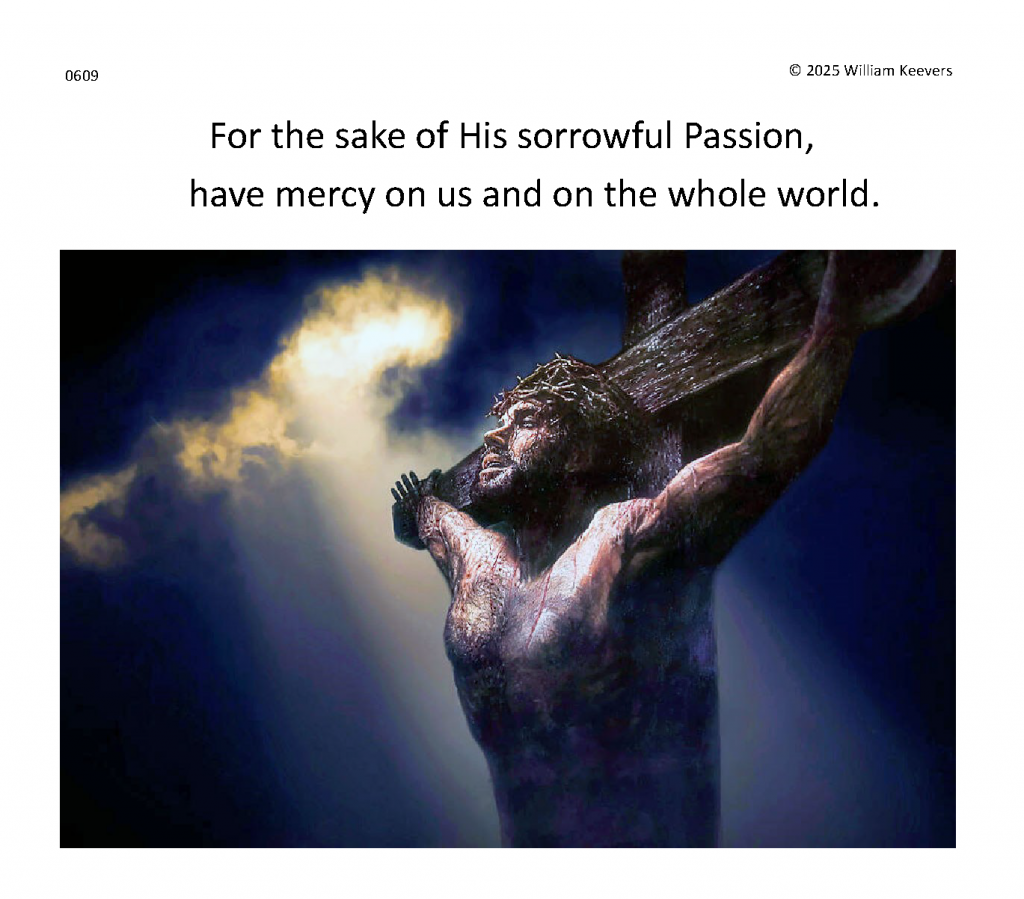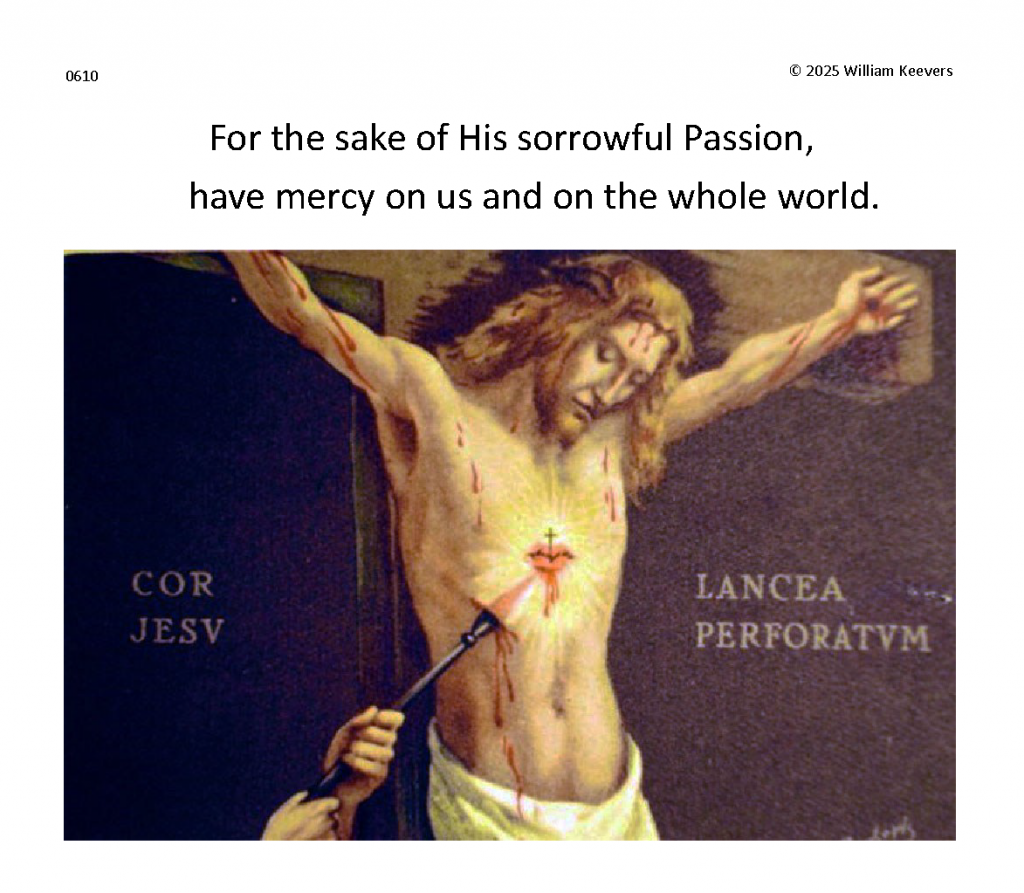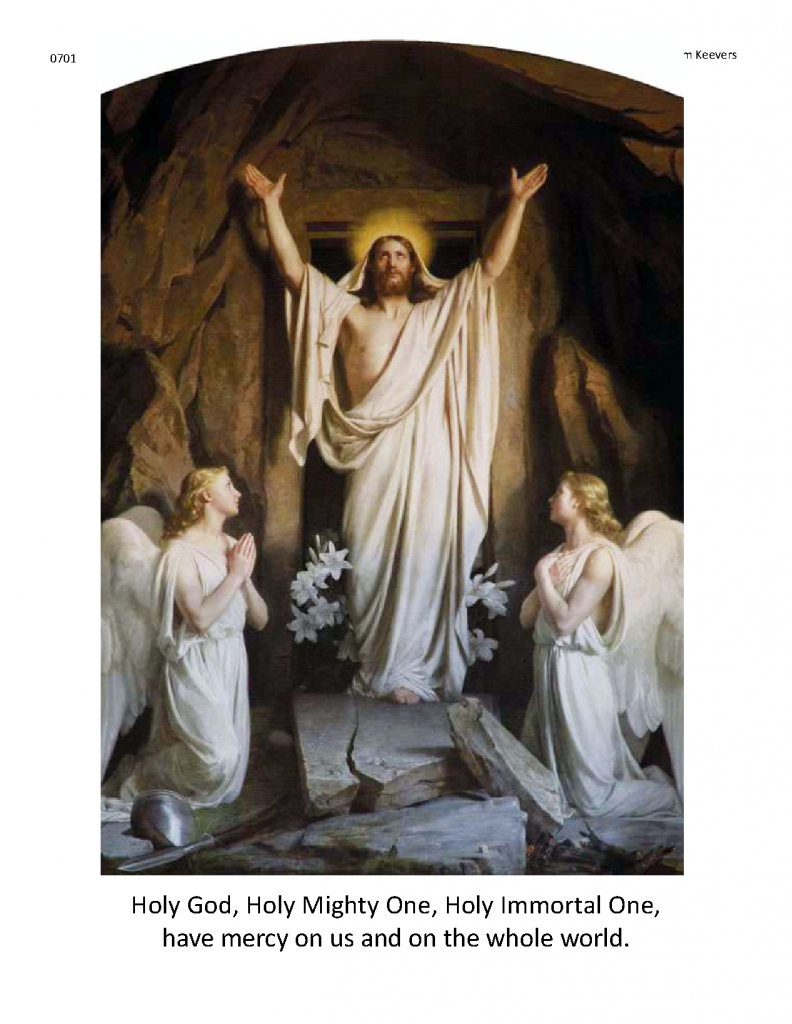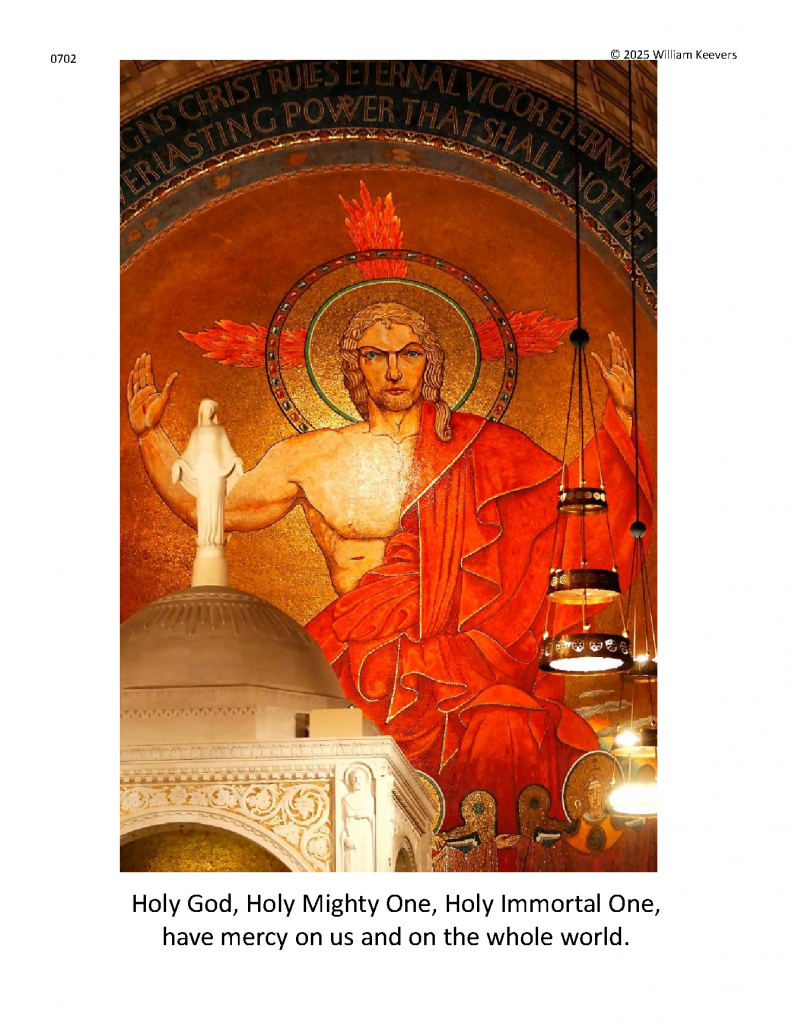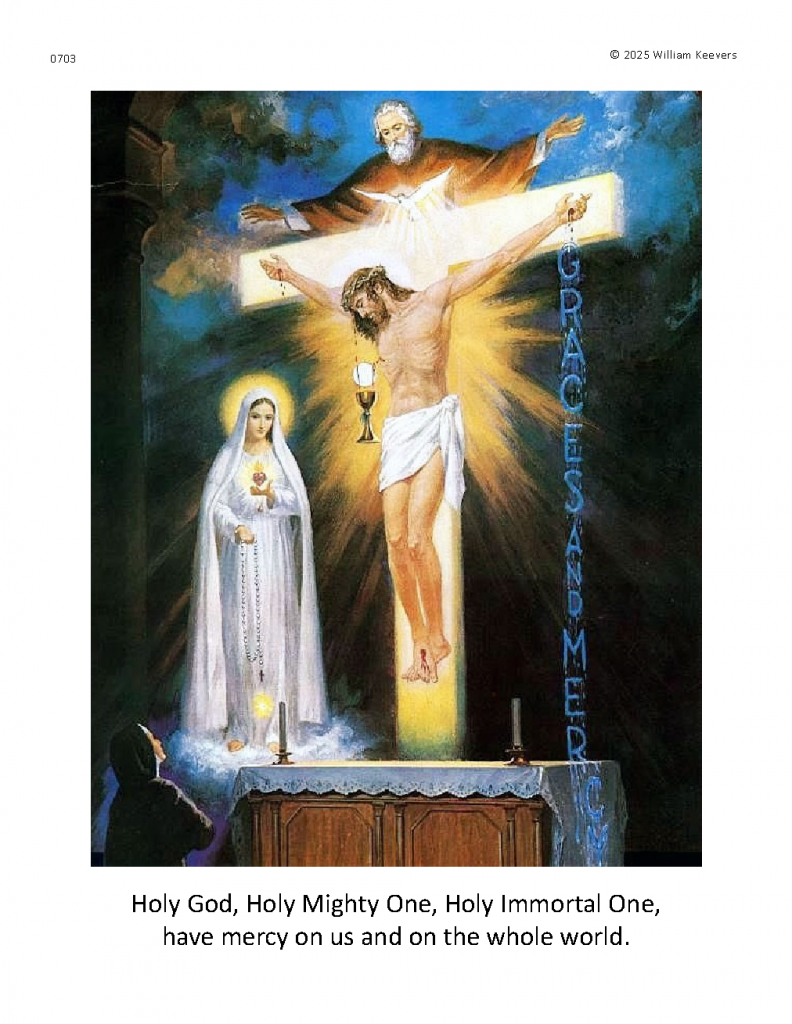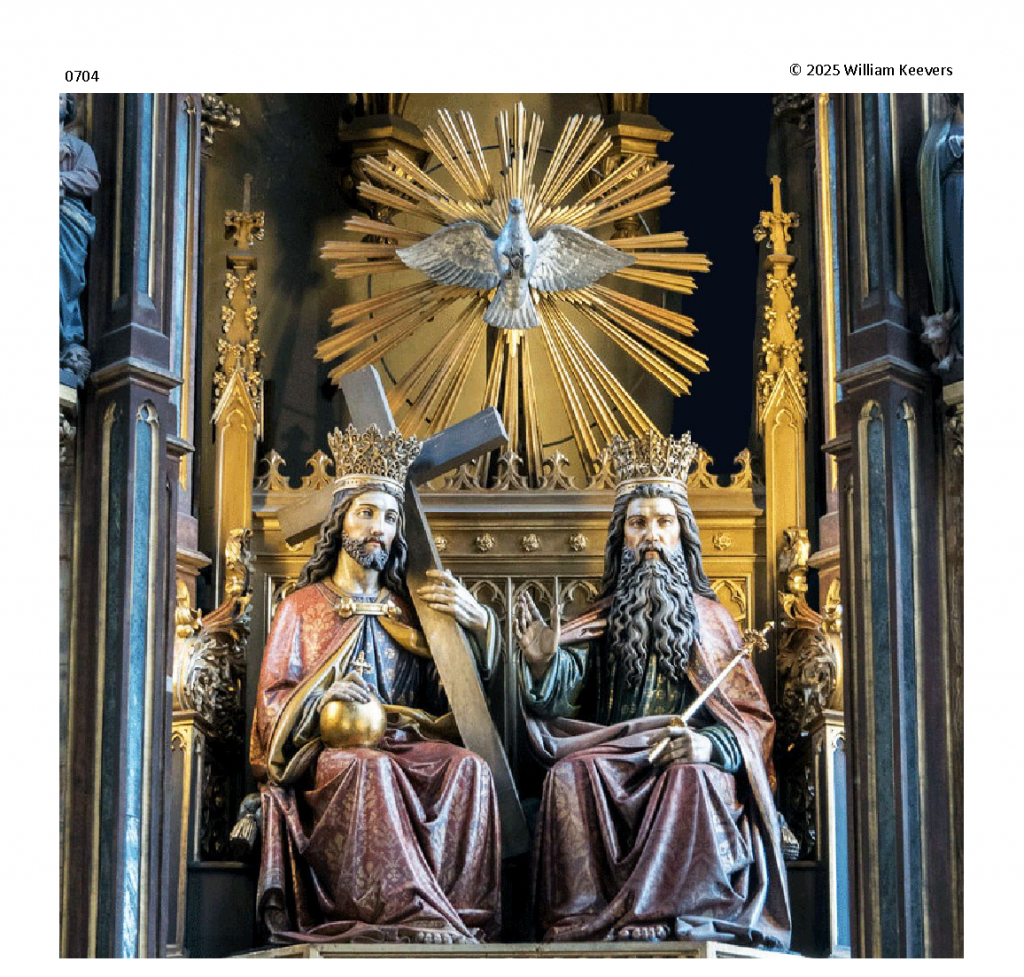https://www.fisheaters.com/frsomerville.html
Fr. Sommerville composed a number of musically and devotionally excellent hymns carried in The Traditional Roman Hymnal.
Dear Fellow Catholics in the Roman Rite,
1 – I am a priest who for over ten years collaborated in a work that became a notable harm to the Catholic Faith. I wish now to apologize before God and the Church and to renounce decisively my personal sharing in that damaging project. I am speaking of the official work of translating the new post-Vatican II Latin liturgy into the English language, when I was a member of the Advisory Board of the International Commission on English Liturgy (I.C.E.L.).
2 – I am a priest of the Archdiocese of Toronto, Canada, ordained in 1956. Fascinated by the Liturgy from early youth, I was singled out in 1964 to represent Canada on the newly constituted I.C.E.L. as a member of the Advisory Board. At 33 its youngest member, and awkwardly aware of my shortcomings in liturgiology and related disciplines, I soon felt perplexity before the bold mistranslations confidently proposed and pressed by the everstrengthening radical/progressive element in our group. I felt but could not articulate the wrongness of so many of our committee’s renderings.
3 – Let me illustrate briefly with a few examples. To the frequent greeting by the priest, The Lord be with you, the people traditionally answered, and with your (Thy) spirit: in Latin, Et cum spiritu tuo. But I.C.E.L. rewrote the answer: And also with you. This, besides having an overall trite sound, has added a redundant word, also. Worse, it has suppressed the word spirit which reminds us that we human beings have a spiritual soul. Furthermore, it has stopped the echo of four (inspired) uses of with your spirit in St. Paul’s letters.
4 – In the I confess of the penitential rite, I.C.E.L. eliminated the threefold through my fault, through my fault, through my most grievous fault, and substituted one feeble through my own fault. This is another nail in the coffin of the sense of sin.
5 – Before Communion, we pray Lord I am not worthy that thou shouldst (you should) enter under my roof. I.C.E.L. changed this to … not worthy to receive you. We loose the roof metaphor, clear echo of the Gospel (Matth. 8:8), and a vivid, concrete image for a child.
6 – I.C.E.L.’s changes amounted to true devastation especially in the oration prayers of the Mass. The Collect or Opening Prayer for Ordinary Sunday 21 will exemplify the damage. The Latin prayer, strictly translated, runs thus: O God, who make the minds of the faithful to be of one will, grant to your peoples (grace) to love that which you command and to desire that which you promise, so that, amidst worldly variety, our hearts may there be fixed where true joys are found.
7 – Here is the I.C.E.L. version, in use since 1973: Father, help us to seek the values that will bring us lasting joy in this changing world. In our desire for what you promise, make us one in mind and heart.
8 – Now a few comments: To call God Father is not customary in the Liturgy, except Our Father in the Lord’s prayer. Help us to seek implies that we could do this alone (Pelagian heresy) but would like some aid from God. Jesus teaches, without Me you can do nothing. The Latin prays grant (to us), not just help us. I.C.E.L.’s values suggests that secular buzzword, “values” that are currently popular, or politically correct, or changing from person to person, place to place. Lasting joy in this changing world, is impossible. In our desire presumes we already have the desire, but the Latin humbly prays for this. What you promise omits “what you (God) command”, thus weakening our sense of duty. Make us one in mind (and heart) is a new sentence, and appears as the main petition, yet not in coherence with what went before. The Latin rather teaches that uniting our minds is a constant work of God, to be achieved by our pondering his commandments and promises. Clearly, I.C.E.L. has written a new prayer. Does all this criticism matter? Profoundly! The Liturgy is our law of praying (lex orandi), and it forms our law of believing (lex credendi). If I.C.E.L. has changed our liturgy, it will change our faith. We see signs of this change and loss of faith all around us.
9 – The foregoing instances of weakening the Latin Catholic Liturgy prayers must suffice. There are certainly THOUSANDS OF MISTRANSLATIONS in the accumulated work of I.C.E.L. As the work progressed I became a more and more articulate critic. My term of office on the Advisory Board ended voluntarily about 1973, and I was named Member Emeritus and Consultant. As of this writing I renounce any lingering reality of this status.
10 – The I.C.E.L. labours were far from being all negative. I remember with appreciation the rich brotherly sharing, the growing fund of church knowledge, the Catholic presence in Rome and London and elswhere, the assisting at a day-session of Vatican II Council, the encounters with distinguished Christian personalities, and more besides. I gratefully acknowledge two fellow members of I.C.E.L. who saw then, so much more clearly than I, the right translating way to follow: the late Professor Herbert Finberg, and Fr. James Quinn S.J. of Edinburgh. Not for these positive features and persons do I renounce my I.C.E.L. past, but for the corrosion of Catholic Faith and of reverence to which I.C.E.L.’s work has contributed. And for this corrosion, however slight my personal part in it, I humbly and sincerely apologize to God and to Holy Church.
11 – Having just mentioned in passing the Second Vatican Council (1962-1965), I now come to identify my other reason for renouncing my translating work on I.C.E.L. It is an even more serious and delicate matter. In the past year (from mid 2001), I have come to know with respect and admiration many traditional Catholics. These, being persons who have decided to return to pre-Vatican II Catholic Mass and Liturgy, and being distinct from “conservative” Catholics (those trying to retouch and improve the Novus Ordo Mass and Sacraments of post-Vatican II), these Traditionals, I say, have taught me a grave lesson. They brought to me a large number of published books and essays. These demonstrated cumulatively, in both scholarly and popular fashion, that the Second Vatican Council was early commandeered and manipulated and infected by modernist, liberalist, and protestantizing persons and ideas. These writings show further that the new liturgy produced by the Vatican “Concilium” group, under the late Archbishop A. Bugnini, was similarly infected. Especially the New Mass is problematic. It waters down the doctrine that the Eucharist is a true Sacrifice, not just a memorial. It weakens the truth of the Real Presence of Christ’s victim Body and Blood by demoting the Tabernacle to a corner, by reduced signs of reverence around the Consecration, by giving Communion in the hand, often of women, by cheapering the sacred vessels, by having used six Protestant experts (who disbelieve the Real Presence) in the preparation of the new rite, by encouraging the use of sacro-pop music with guitars, instead of Gregorian chant, and by still further novelties.
12 – Such a litany of defects suggests that many modern Masses are sacrilegious, and some could well be invalid. They certainly are less Catholic, and less apt to sustain Catholic Faith.
13 – Who are the authors of these published critiques of the Conciliar Church? Of the many names, let a few be noted as articulate, sober evaluators of the Council: Atila Sinka Guimaeres (In the Murky Waters of Vatican II), Romano Amerio (Iota Unum: A Study of the Changes in the Catholic Church in the 20th Century), Michael Davies (various books and booklets, TAN Books), and Archbishop Marcel Lefebvre, one the Council Fathers, who worked on the preparatory schemas for discussions, and has written many readable essays on Council and Mass (cf Angelus Press).
14 – Among traditional Catholics, the late Archbishop Lefebvre stands out because he founded the Society of St Pius X (SSPX), a strong society of priests (including six seminaries to date) for the celebration of the traditional Catholic liturgy. Many Catholics who are aware of this may share the opinion that he was excommunicated and that his followers are in schism. There are however solid authorities (including Cardinal Ratzinger, the top theologian in the Vatican) who hold that this is not so. SSPX declares itself fully Roman Catholic, recognizing Pope John Paul II while respectfully maintaining certain serious reservations.
15 – I thank the kindly reader for persevering with me thus far. Let it be clear that it is FOR THE FAITH that I am renouncing my association with I.C.E.L. and the changes in the Liturgy. It is FOR THE FAITH that one must recover Catholic liturgical tradition. It is not a matter of mere nostalgia or recoiling before bad taste.
16 – Dear non-traditional Catholic Reader, do not lightly put aside this letter. It is addressed to you, who must know that only the true Faith can save you, that eternal salvation depends on holy and grace- filled sacraments as preserved under Christ by His faithful Church. Pursue these grave questions with prayer and by serious reading, especially in the publications of the Society of St Pius X.
17 – Peace be with you. May Jesus and Mary grant to us all a Blessed Return and a Faithful Perseverance in our true Catholic home.
Rev Father Stephen F. Somerville, STL. (April 1, 1931 – December 12, 2015)
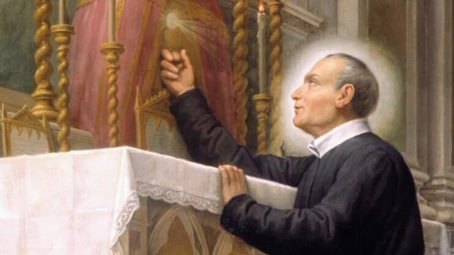
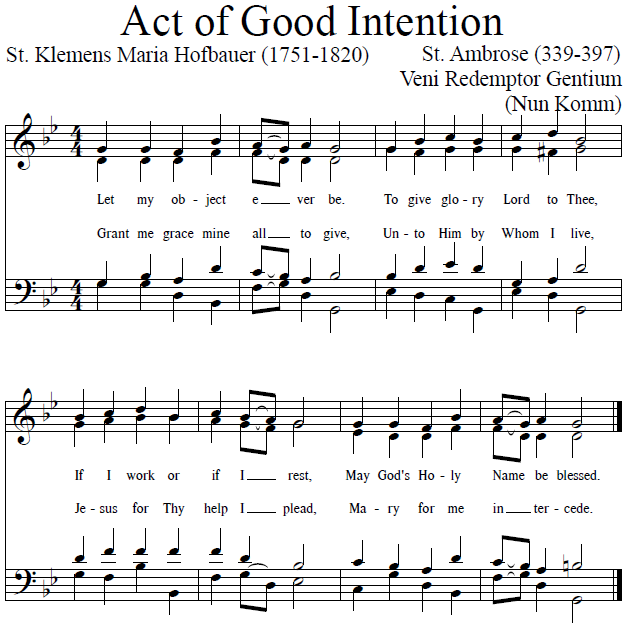
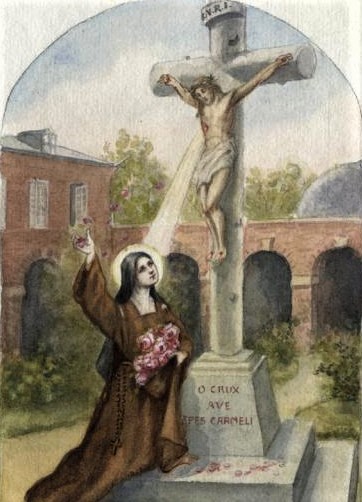
 The name of good works is given to such voluntary actions on the part of man as are in conformity with the will of God, are performed for the love of God, and consequently will be rewarded by God. No action, however excellent, is to be called a good work unless it is voluntary. The compulsory fast of a criminal in prison is not a good work; nor in fact is any action which is not in accordance with the will of God. To spend one’s time in reciting long prayers, instead of accomplishing the duties of one’s station, is not a good work, but a sin. Nor do works which fail in any one particular to correspond to the will of God deserve to be called good works, or to receive a reward. Those actions again, which are not performed for the love of God are not good works. God requires a pure motive on our part. For instance, to give an alms to an importunate beggar merely to get rid of him is not wrong, but it is not a perfect good work. It is an imperfect or natural good work, because it is done from natural motives. But an action performed for God’s sake, because it is the will of God, for love of Christ, in view of an eternal reward or for fear of everlasting punishment, is a perfect, or supernatural good work, and will bear fruit, because it is done in union with Christ (as the branch bears fruit that abides in the vine, John 15:4), and participates in His merits. A plain woolen cloth has a certain worth, but if it be dyed a rich purple color, its value is greatly enhanced. So the good works we perform are of little worth unless they are done for God’s sake. Then they are crimsoned with the blood of Christ, precious in God’s sight, and deserving of a celestial recompense.
The name of good works is given to such voluntary actions on the part of man as are in conformity with the will of God, are performed for the love of God, and consequently will be rewarded by God. No action, however excellent, is to be called a good work unless it is voluntary. The compulsory fast of a criminal in prison is not a good work; nor in fact is any action which is not in accordance with the will of God. To spend one’s time in reciting long prayers, instead of accomplishing the duties of one’s station, is not a good work, but a sin. Nor do works which fail in any one particular to correspond to the will of God deserve to be called good works, or to receive a reward. Those actions again, which are not performed for the love of God are not good works. God requires a pure motive on our part. For instance, to give an alms to an importunate beggar merely to get rid of him is not wrong, but it is not a perfect good work. It is an imperfect or natural good work, because it is done from natural motives. But an action performed for God’s sake, because it is the will of God, for love of Christ, in view of an eternal reward or for fear of everlasting punishment, is a perfect, or supernatural good work, and will bear fruit, because it is done in union with Christ (as the branch bears fruit that abides in the vine, John 15:4), and participates in His merits. A plain woolen cloth has a certain worth, but if it be dyed a rich purple color, its value is greatly enhanced. So the good works we perform are of little worth unless they are done for God’s sake. Then they are crimsoned with the blood of Christ, precious in God’s sight, and deserving of a celestial recompense. 

